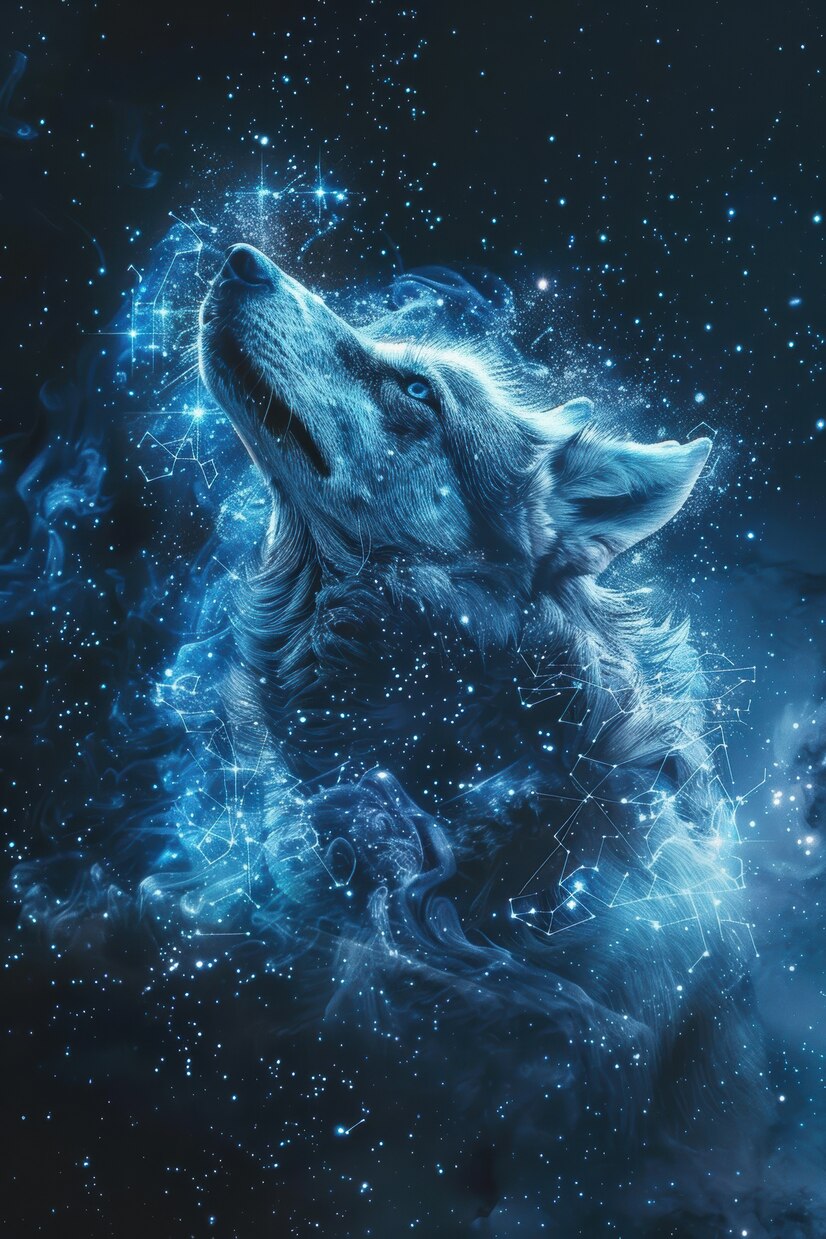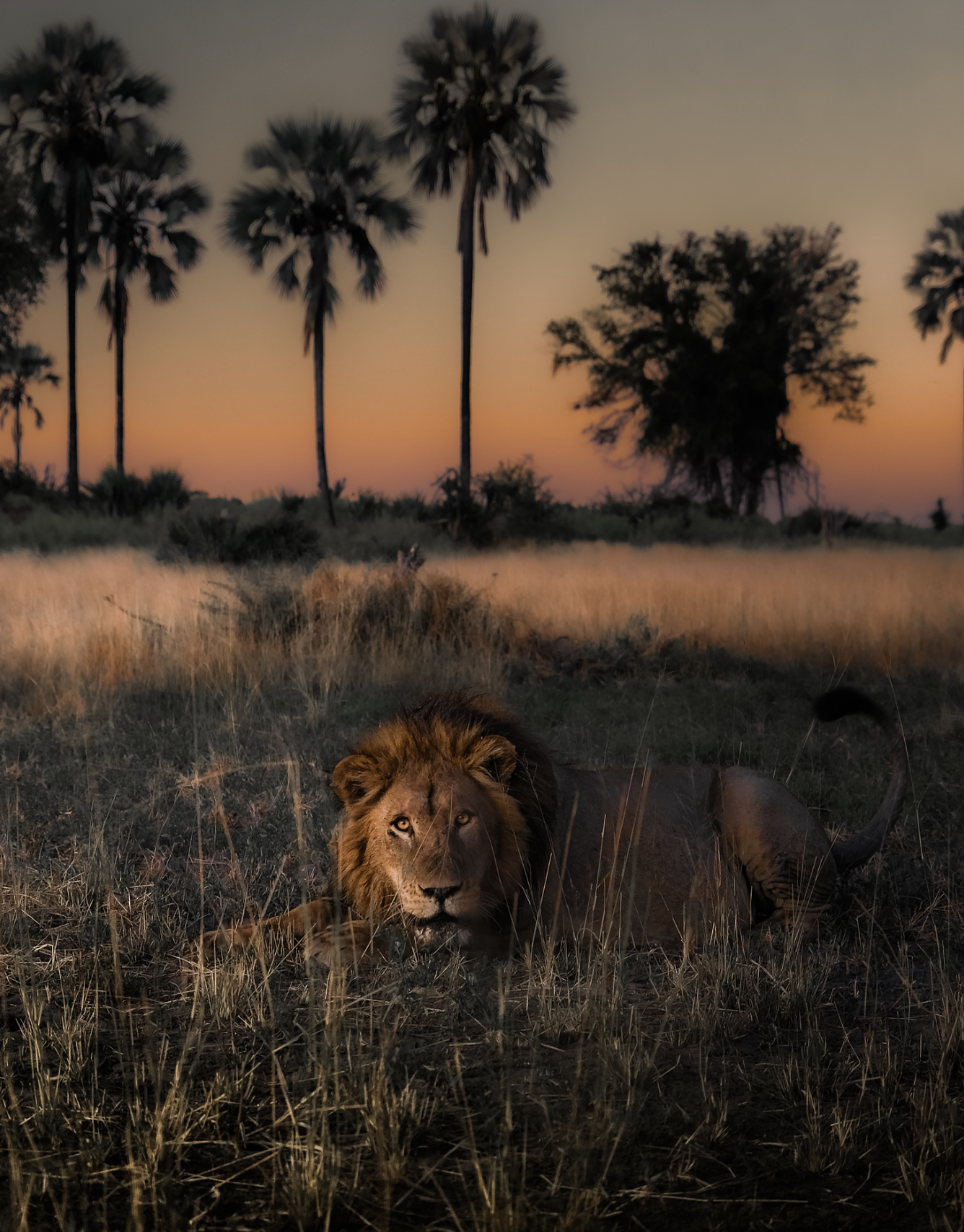Here’s something WildTrack is excited to share—the latest “Tracking Without a Trace” blog on Faunalytics is live! The article explores how footprints could revolutionize wildlife...
WildTrack

Read More
WildTrack Team New Interview Series #4: Nathan Gudritz
For the 4th interview in our series featuring some of our awesome WildTrack team members, I’m catching up with Nathan Gudritz, our senior front-end engineer...

Read More
It's National Volunteer Week!
National Volunteer Week is April 20th - 26th, and we have some exciting opportunities at WildTrack!

Read More
Animals in UK Zoo contribute footprints to help their wild counterparts
We welcome guest contributor Amy Armitage, Manager of Ponderosa Zoo in the UK, who shares the challenge of collecting footprints from animals at the Zoo...
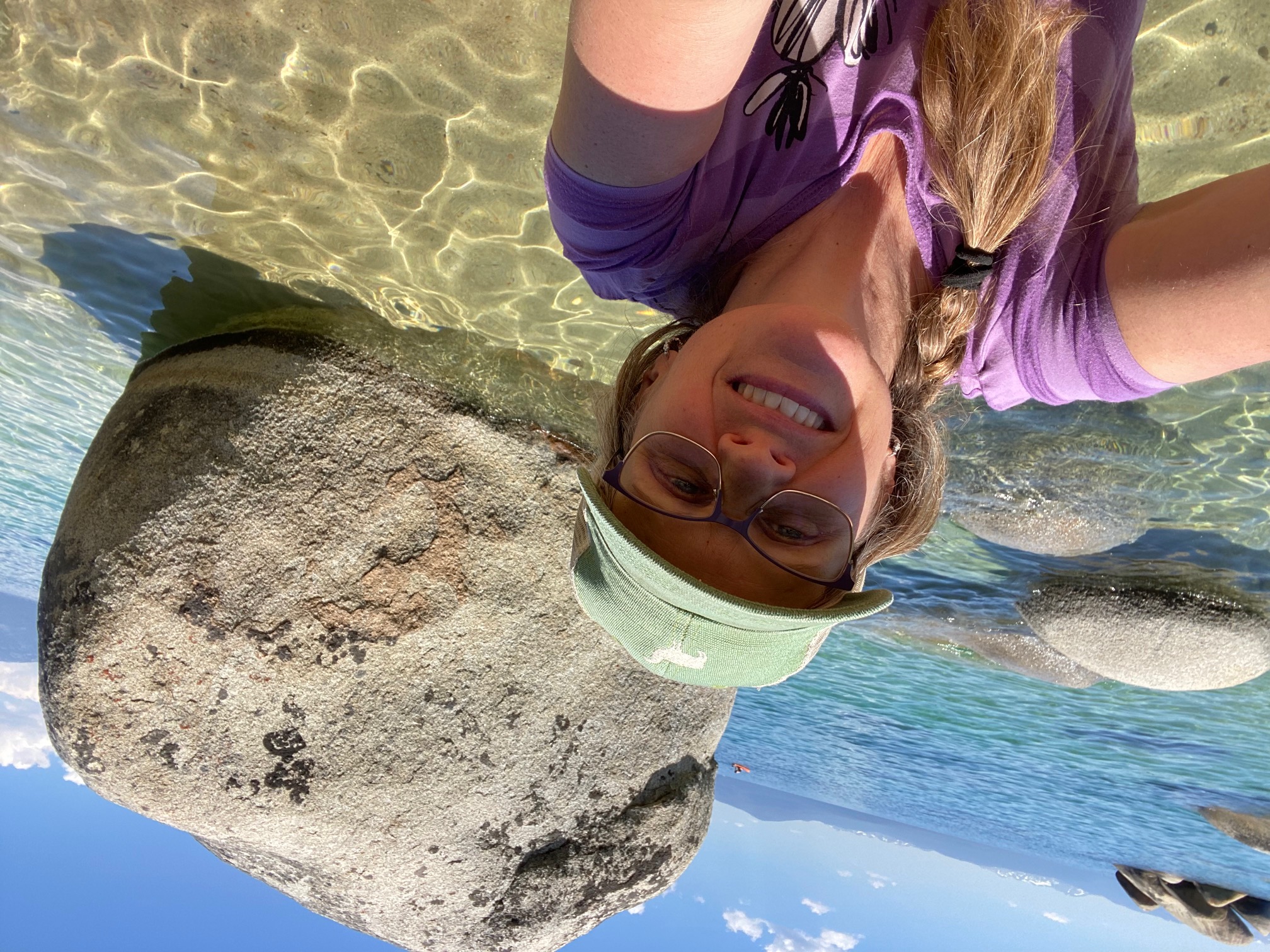
Read More
WildTrack Team New Interview Series #3: Kari Dorth
For the 3rd interview in our series highlighting our amazing WildTrack team members, we’re excited to interview Kari Dorth, WildTrack’s awesome Operations Manager. Kari wears...

Read More
WildTrackAI v2.0: Revolutionizing Wildlife Data Collection
Built to make wildlife data collection smarter, faster, and more reliable.
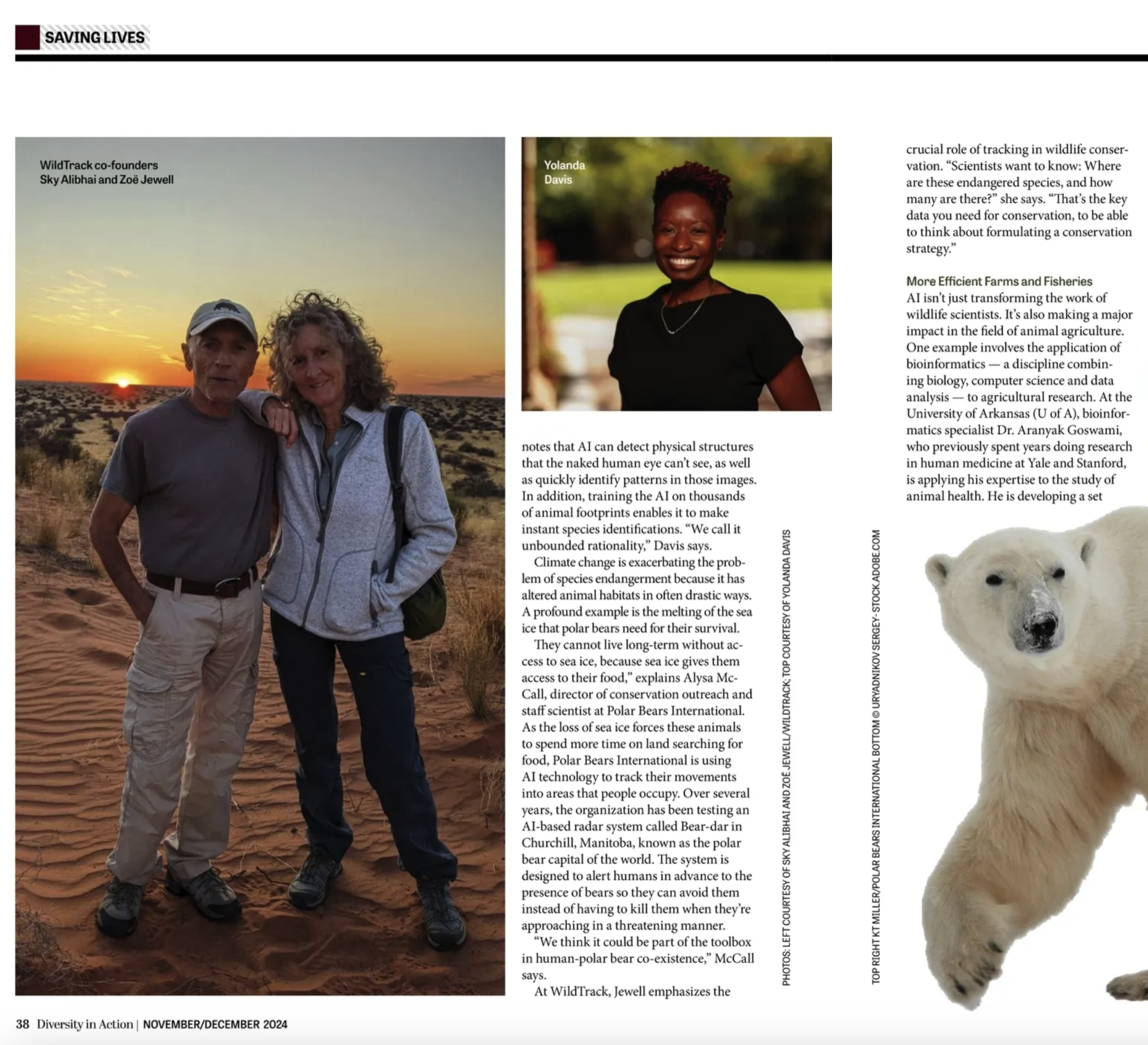
Read More
Diversity in Action: Let's STEAM ahead!
WildTrack technology was inspired by the traditional ecological knowledge of indigenous trackers in Africa. From that point, we realized the power of a diverse team...
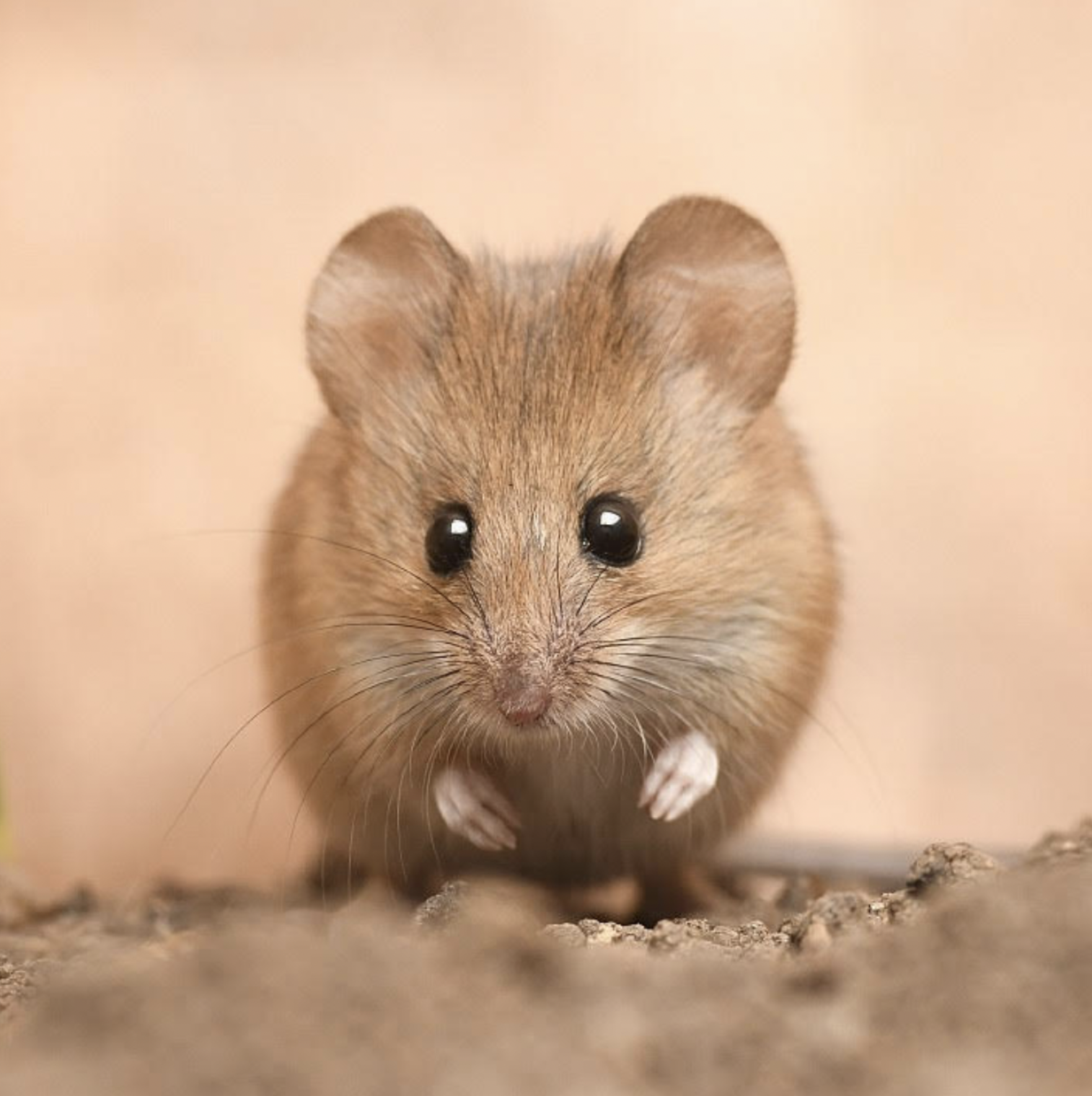
Read More
Footprints of the Elusive Climber: How One Clever Mouse Transformed Our Wildlife Tracking
Imagine stepping onto the sweeping grasslands of South Africa, setting down live-traps customized for the comfort of tiny mammals and baited with a mixture that...
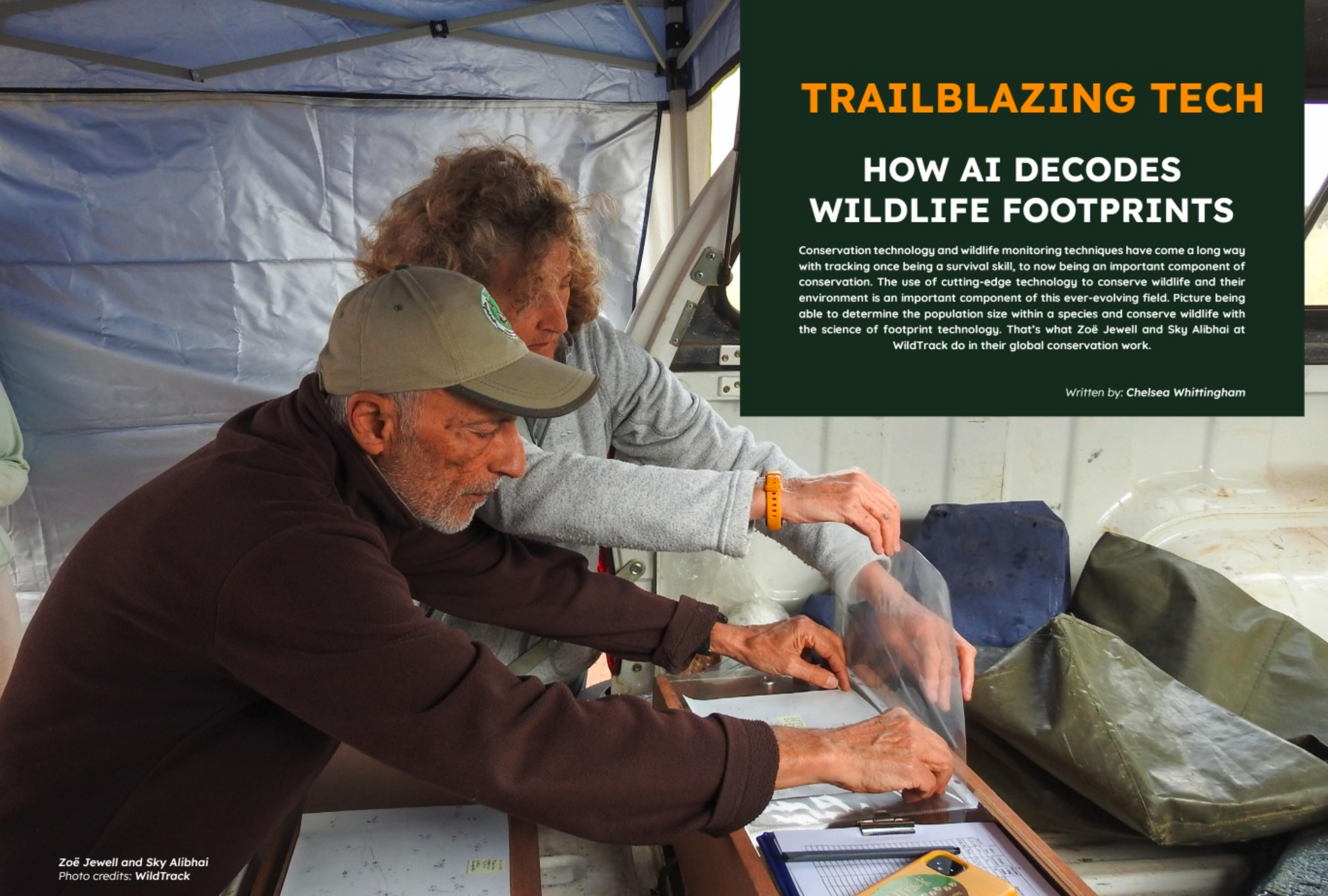
Read More
Trailblazing Tech: How AI decodes wildlife footprints
We’re thrilled to be featured in the amazing Ubuntu magazine’s Summer 2024 edition! It was a pleasure to work with Manon Verijdt, CEO and Founder...
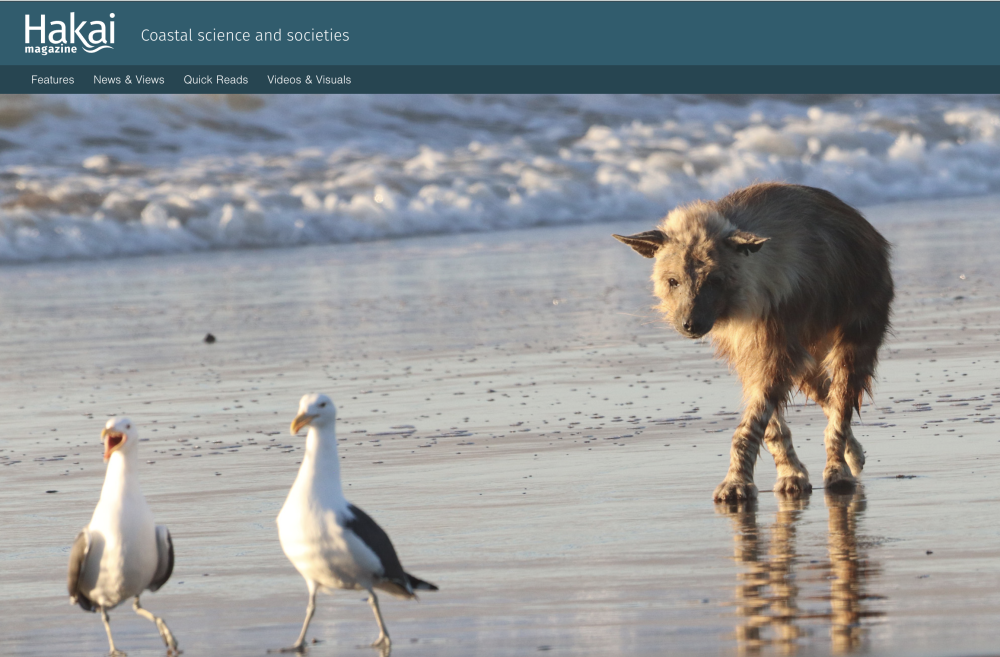
Read More
Predators and Prey: A different take on the expected....
The relationship between predators and prey is the first thing we’re taught about food chains in the complex web of ecology. Small mammals, like mice,...

Read More
WildTrack Team New Interview Series #2: Yolanda Davis
For the second interview in our series highlighting our amazing WildTrack team members, we’re thrilled to welcome Yolanda Davis! Yolanda is a former Principal Software...

Read More
WildTrack Team New Interview Series #1: Nick Alteen
We’re thrilled to welcome WildTrack team member Nick Alteen as our first interviewee in this series! Nick is a Senior Service Delivery Engineer at GitHub....

Read More
Paws and Effect!
We were recently interviewed by Yves Vanderhaagen from Jive Media in South Africa about the development of our new technology for an environmental integrity metric....

Read More
Tiny lives in the grass and rocks: A workshop at Telperion Nature Reserve, South Africa
What happens when you bring a group together that’s diverse in their interests, skillsets, ethnicity, culture, experience, and much more? Innovation! At our recent workshop...
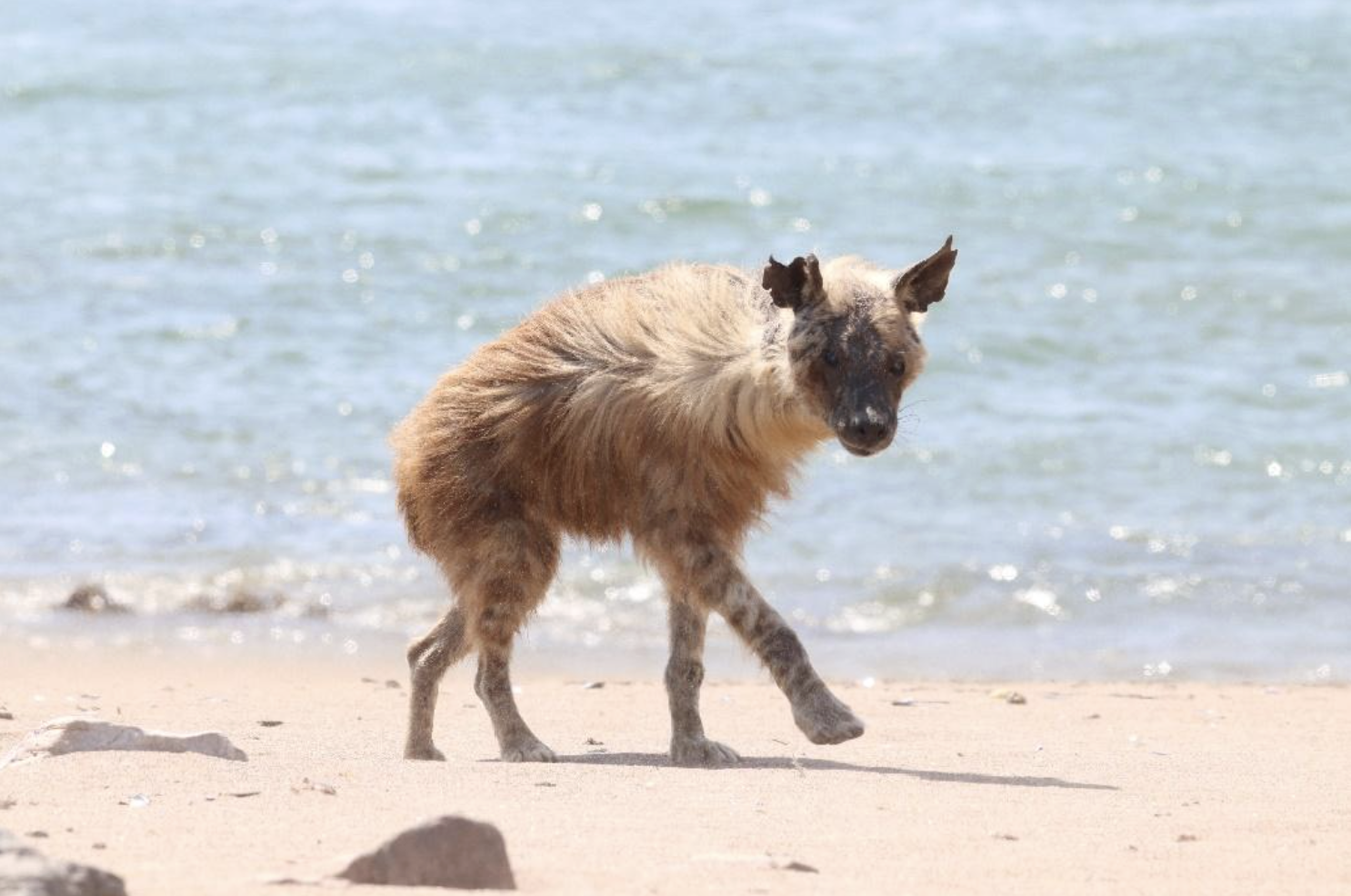
Read More
Living life on the edge: Brown hyenas on Namibia's harsh coastline
Welcome to a Guest Blog with Marie Lemerle, a PhD student in South Africa, researching Brown hyena (Hyaena brunnea) on Namibia’s wild west coast. This...
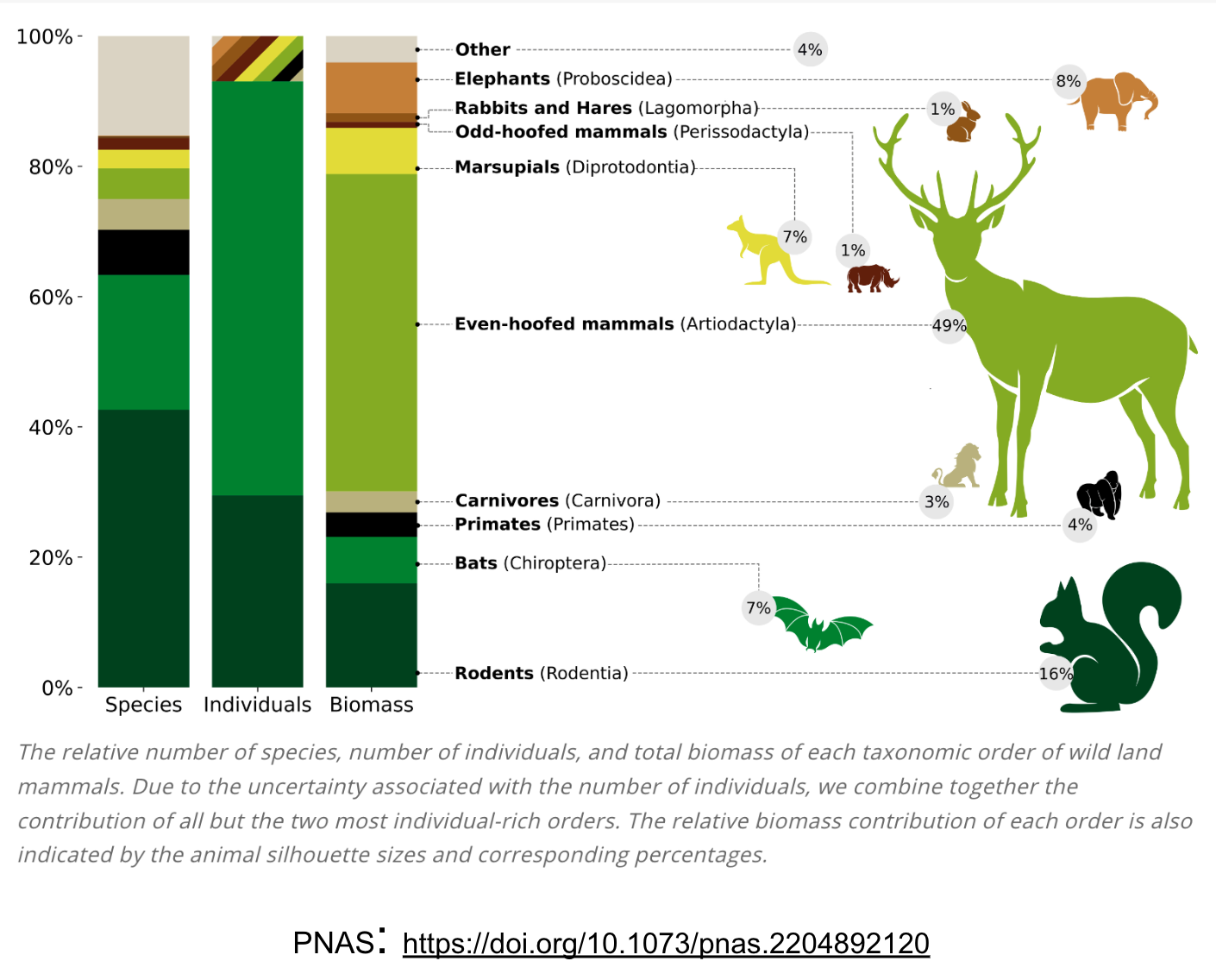
Read More
Rodents weigh more than elephants?!
It’s true, a recent article published by PNAS reported that Rodent biomass exceeds that of elephants! Rodents are not only numerous by species, but they...

Read More
WildTrack showcased by the Renewable Energy Wildlife Institute
Developing renewable energy capacity is a current focal point towards sustaining life on earth - not just human life but the lives of the other...

Read More
Creating a Cooler World: Podcast on our work!
I was honoured to be one of the first guests for a new Podcast series hosted by Scott Miller, called ‘Creating a Cooler World’. I...
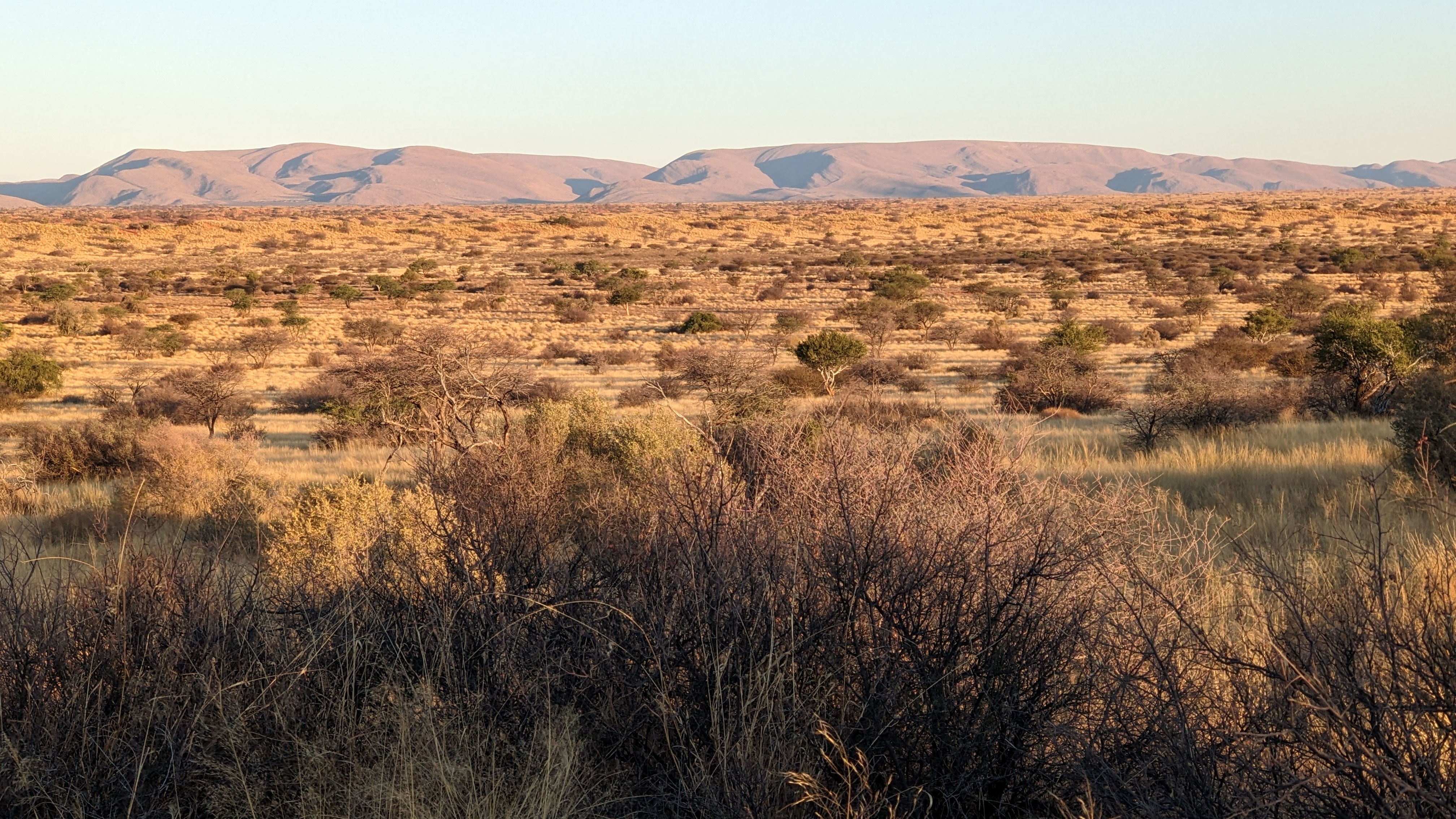
Read More
Developing a new biodiversity monitoring tool!
Out here in the northwest of South Africa the quiet is magnificent, and the sunset paints the whole sky in an incredible palette of colours...

Read More
Whose tiny feet are these?
If you want to know who is running around in the woods under your feet, try Track Plates!

Read More
Isn't Sustainable Energy great for Wildlife too?
As the world transitions from greenhouse gas-emitting fossil fuels to clean, renewable energy, we can all look forward to the obvious benefits of a curb...
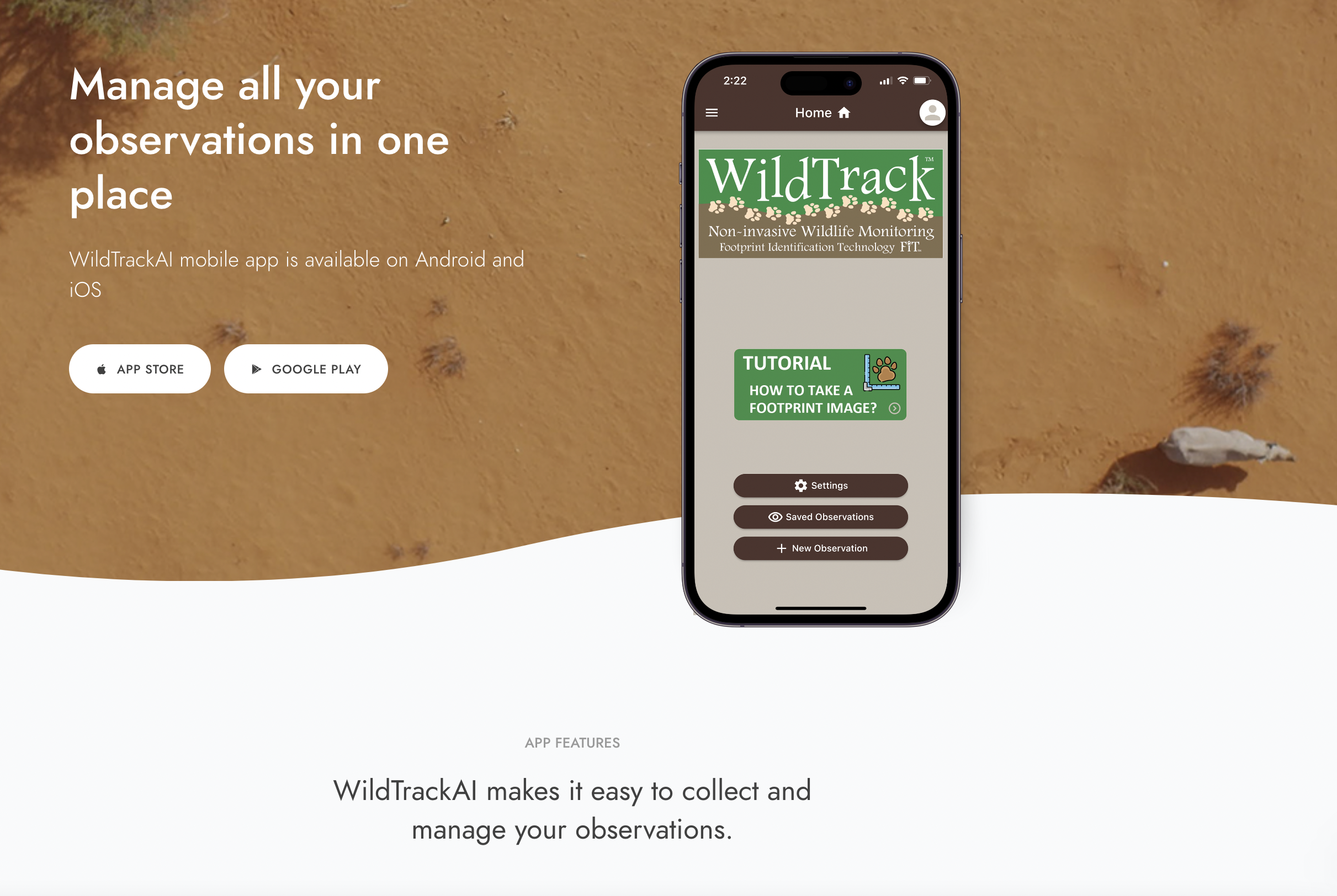
Read More
WildTrackAI app new version 1.1.0
Thank you for using our mobile app! We’re excited to bring you our first update packed with useful features and important fixes. Here’s what’s new...
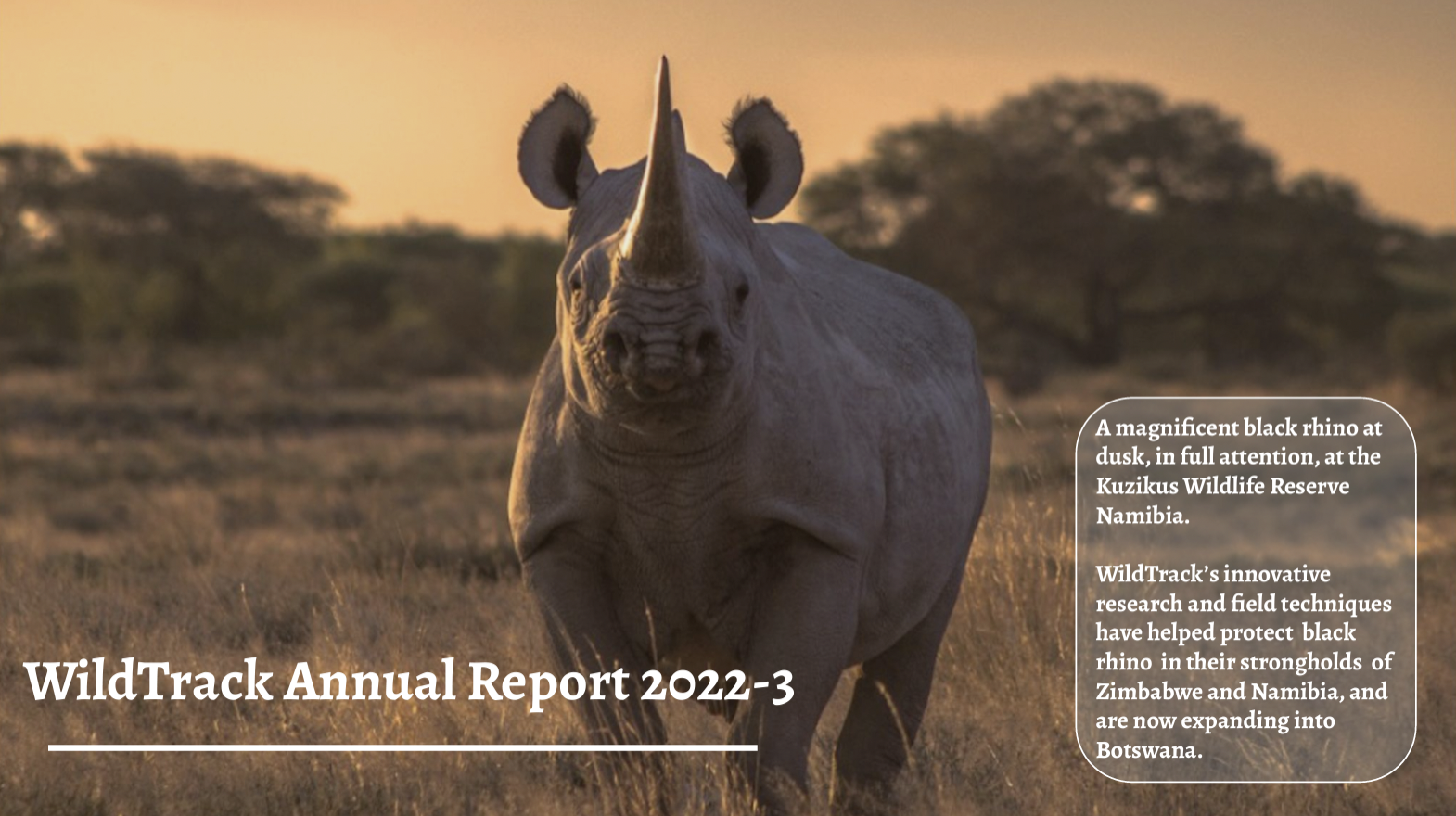
Read More
WildTrack Annual Report 2022-3 now out
Our Annual Report 2022-3 is now available on our website
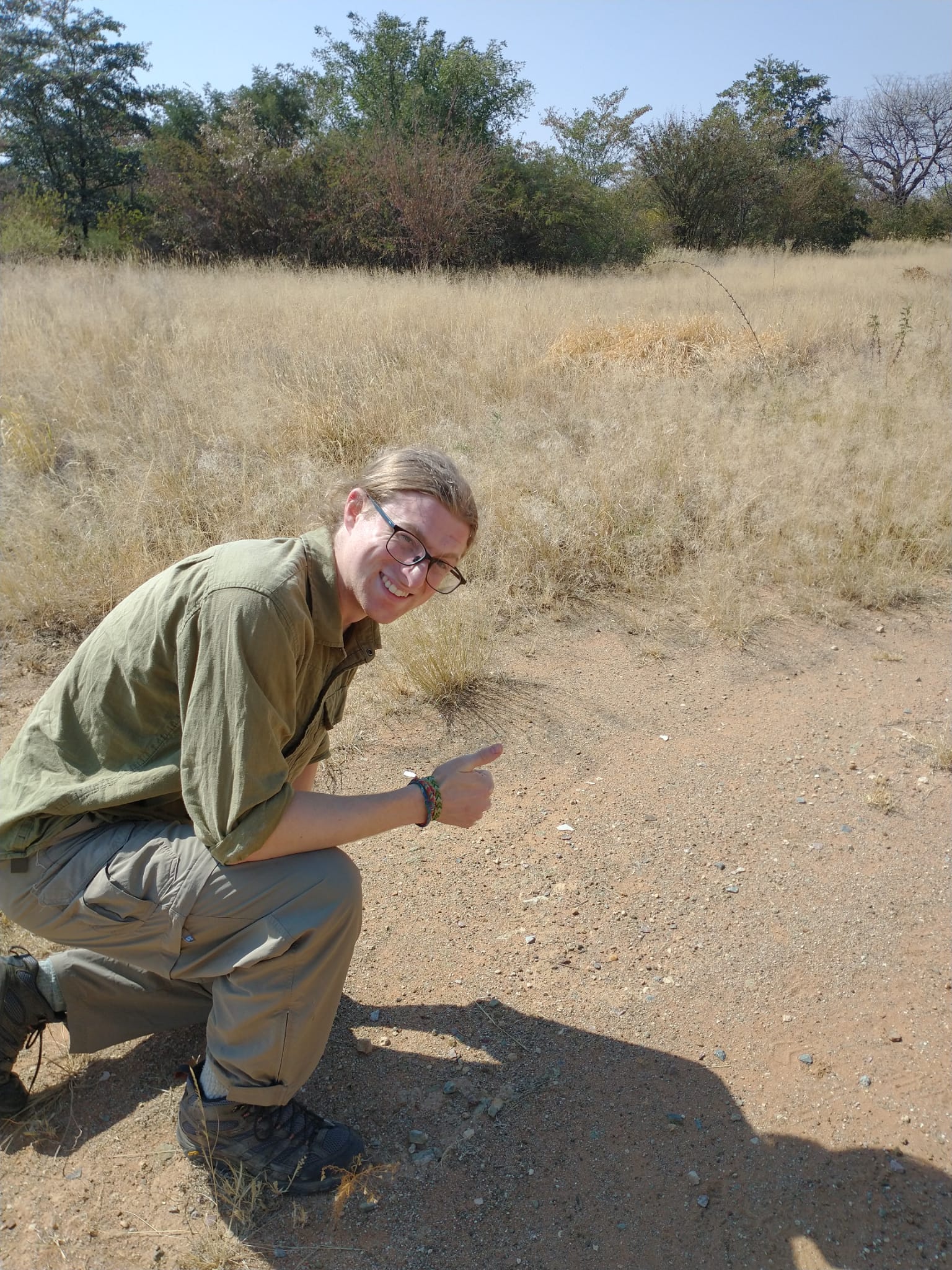
Read More
Talking with Jeremy Skoler, engineering student working with WildTrack
1. You’re an undergraduate engineering student at Olin College of Engineering in Boston, visiting the Botswana International University for Science and Technology! What’s the connection point?!...
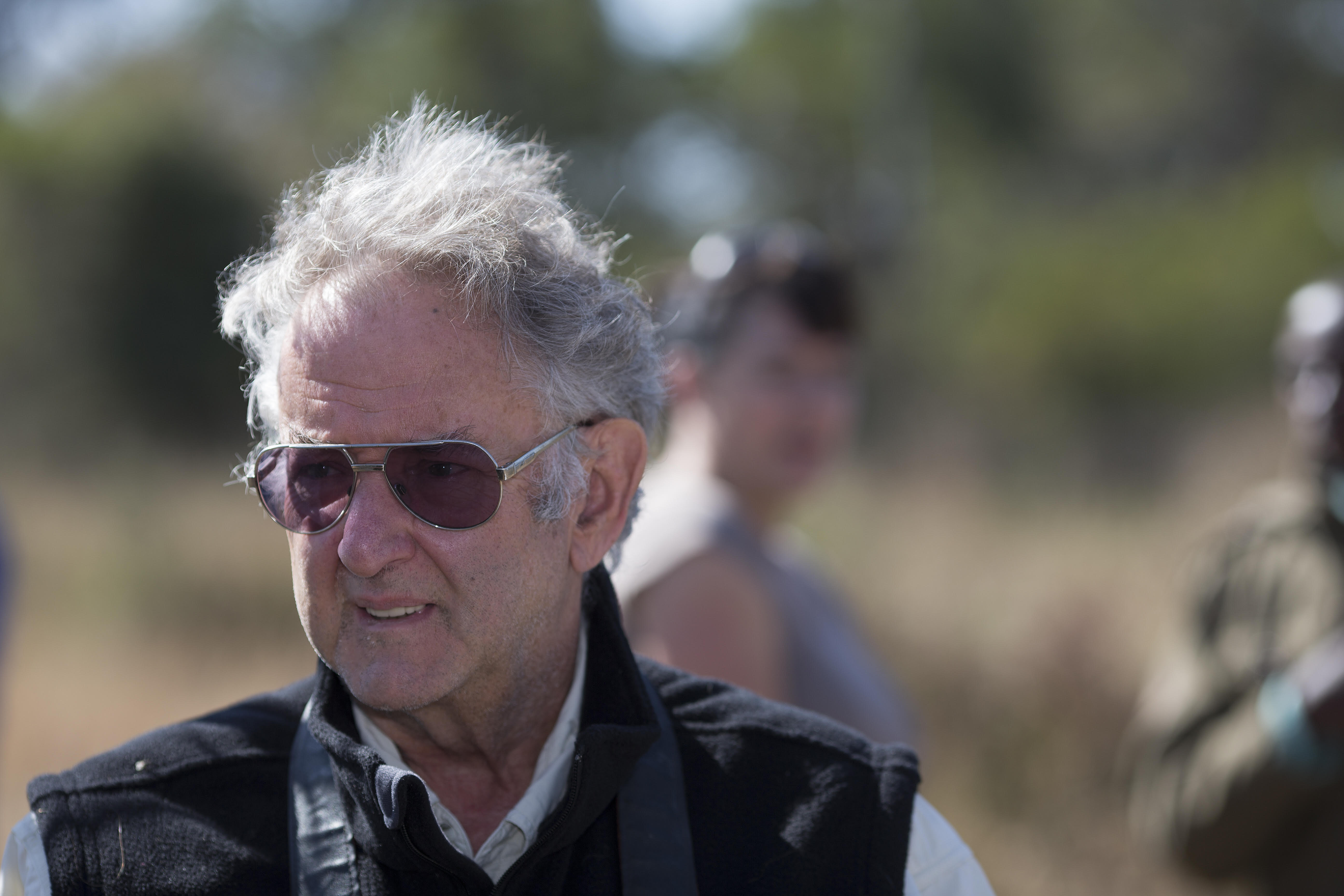
Read More
Talking with Stuart Pimm, founding father of biodiversity conservation
1. As the founding father of biodiversity conservation and winner of every major international conservation award, you have made an astonishing contribution to the field....
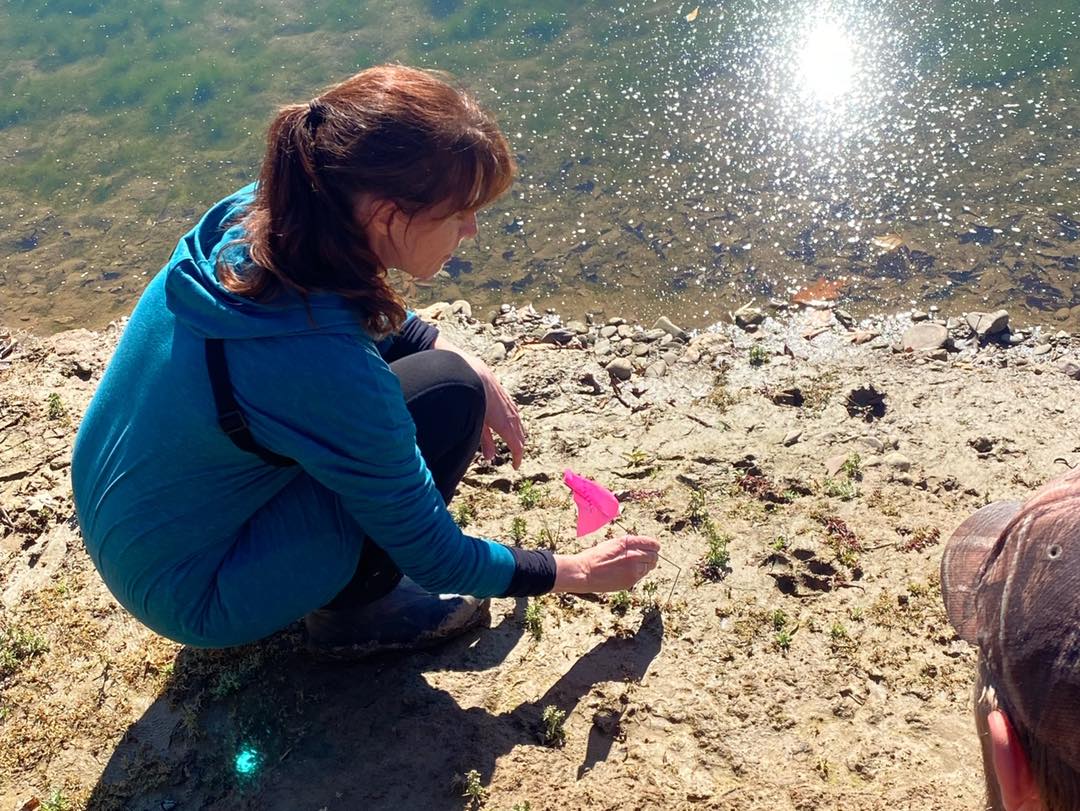
Read More
Connecting with the Earth, an interview with Shane Hawkins
How can I connect with the Earth on 22nd April?!

Read More
Interview with Nida Al-Fulaij on the importance of monitoring small mammals
As part of our feature on small mammal monitoring, we interviewed colleague and WildTrack Specialist Group member Nida Al-Fulaij, Conservation Research Manager at the People’s...
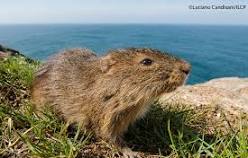
Read More
Endangered small mammals!
Did you know that two groups of small mammals - the Rodentia (mice, beavers, squirrels) and Eulipotyphla (shrews, moles, hedgehogs) together contain nearly half of...

Read More
New WildTrack Small Mammal Group shares challenges and opportunities
What exactly is a small mammal? The International Biological Programme has defined small mammals as species weighing up to 5 kg. The International Union for...
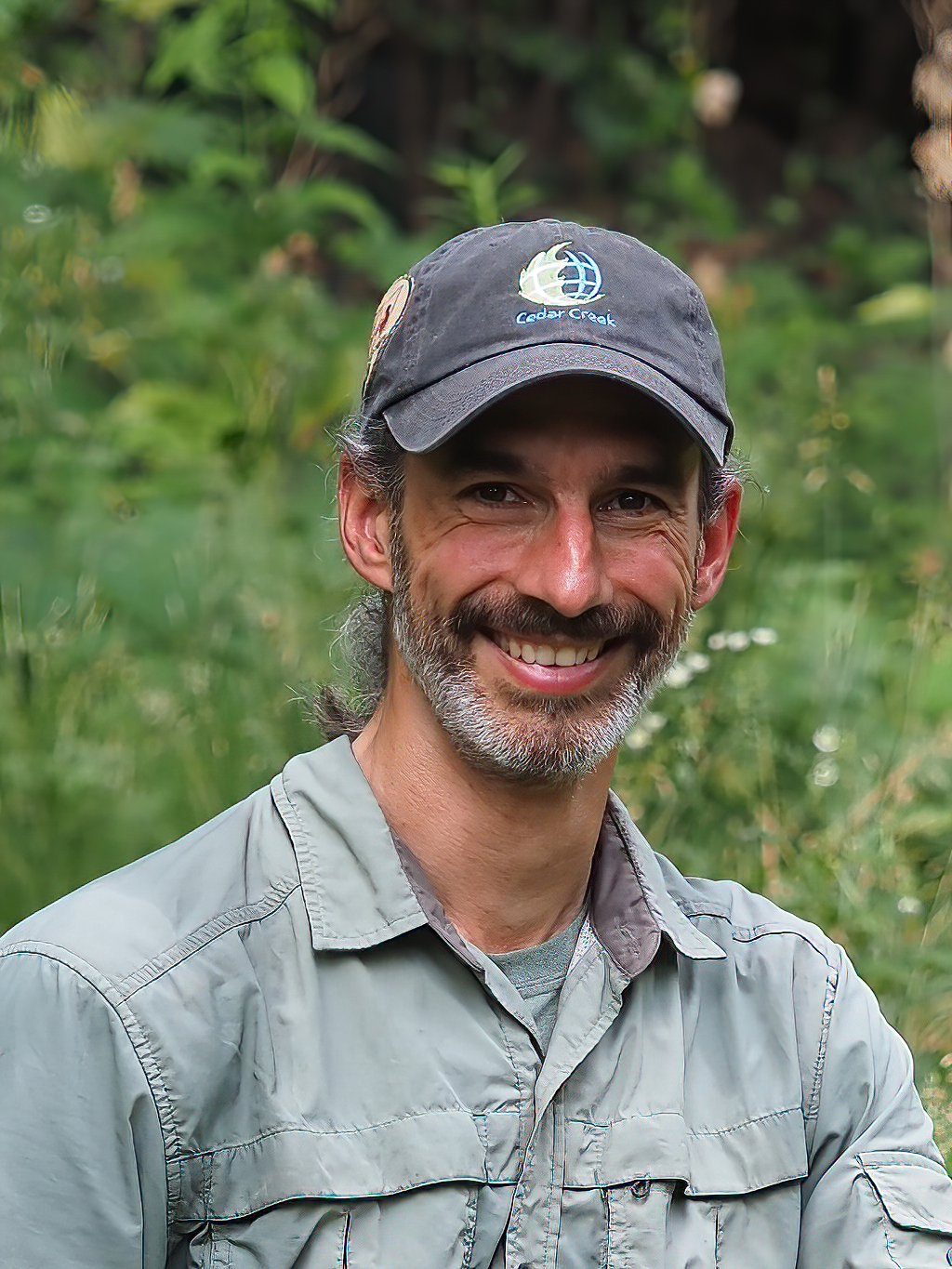
Read More
Tracking in the snow! Expert trackers Jon Poppele and Kim Cabrera share tips on how to get started!
If there’s snow outside, and you’re wondering what to do, try some snow tracking! We’re excited to feature two expert trackers and colleagues: Jon Poppele...
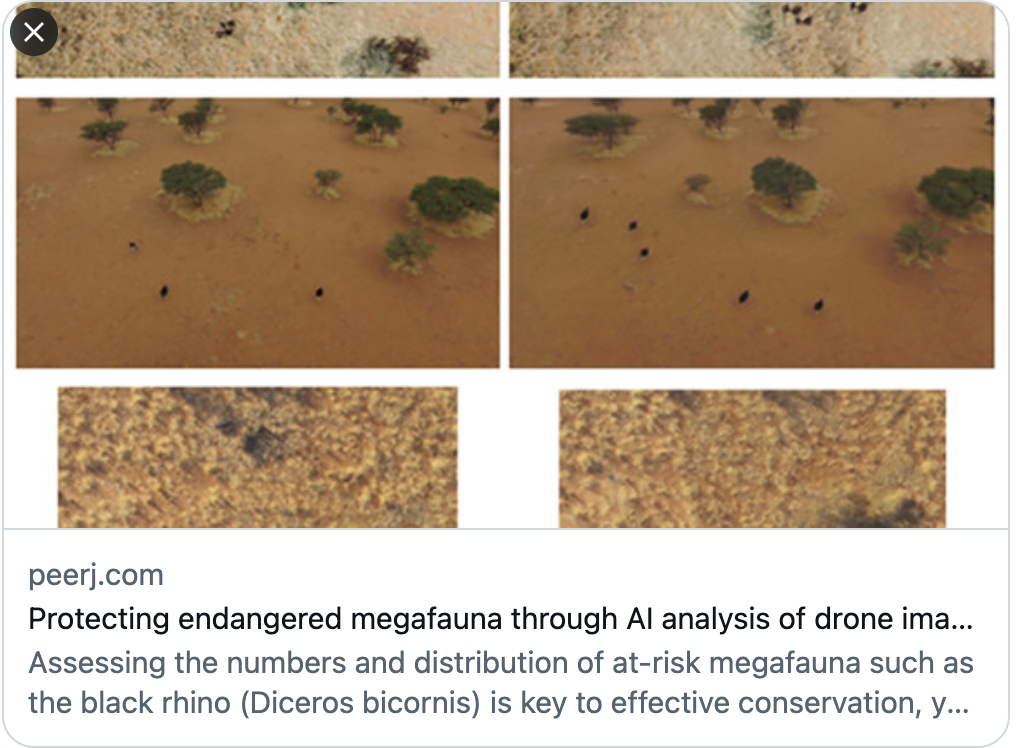
Read More
WildTrack drone paper in the top 5 most viewed on PeerJ for 2022
A few weeks ago we published an article in Peer J - ‘Protecting endangered megafauna through AI analysis of drone images in a low-connectivity setting:...

Read More
WildTrack awarded Otter Oscar for research paper!
In our last blog post, we showcased our most recent publication on otter monitoring.
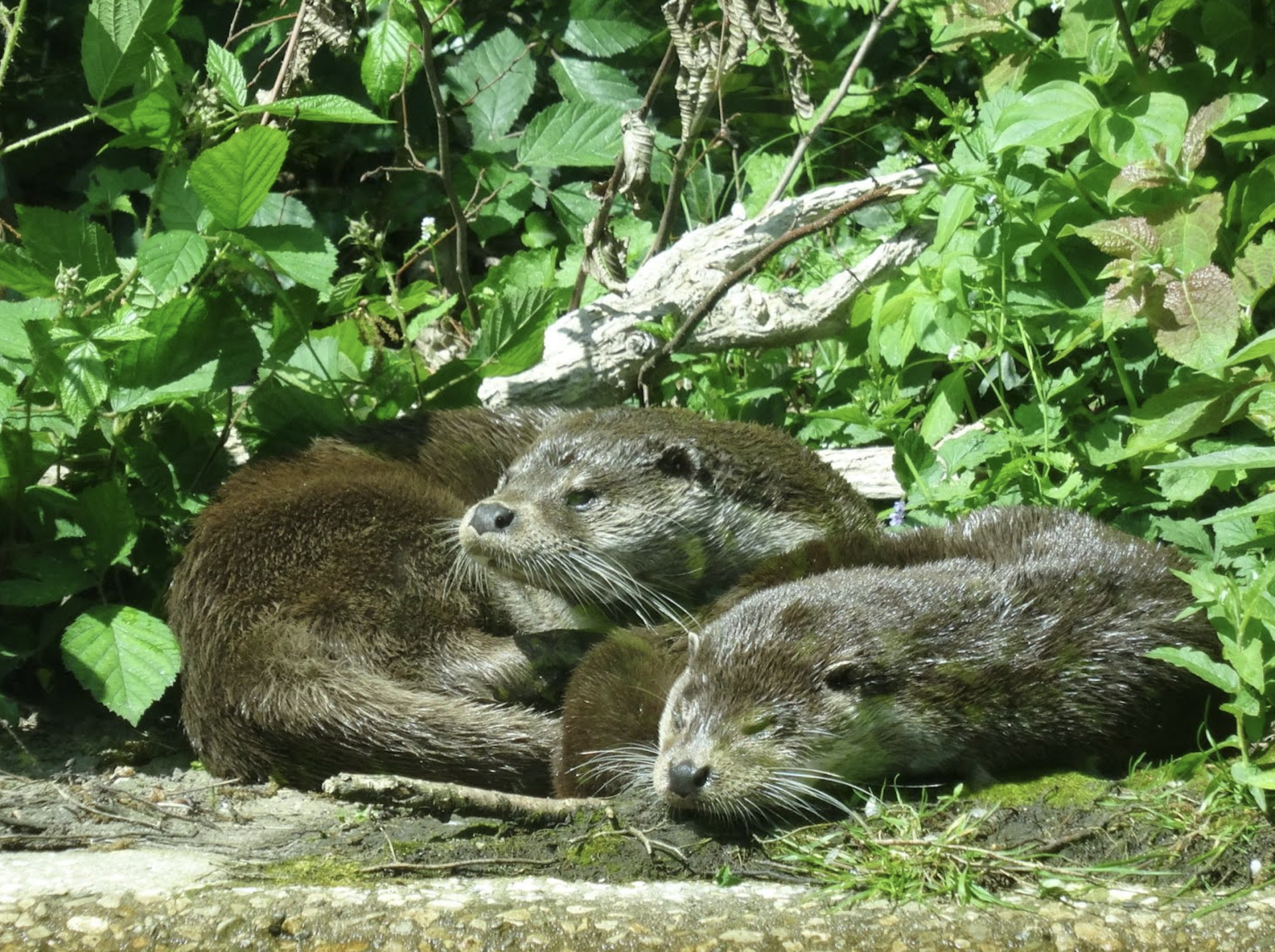
Read More
JMP software solves otterly confusing challenge!
Southeast Asia is home to several different species of endangered otter, but they are elusive - hard to find and harder to count. BUT… their...
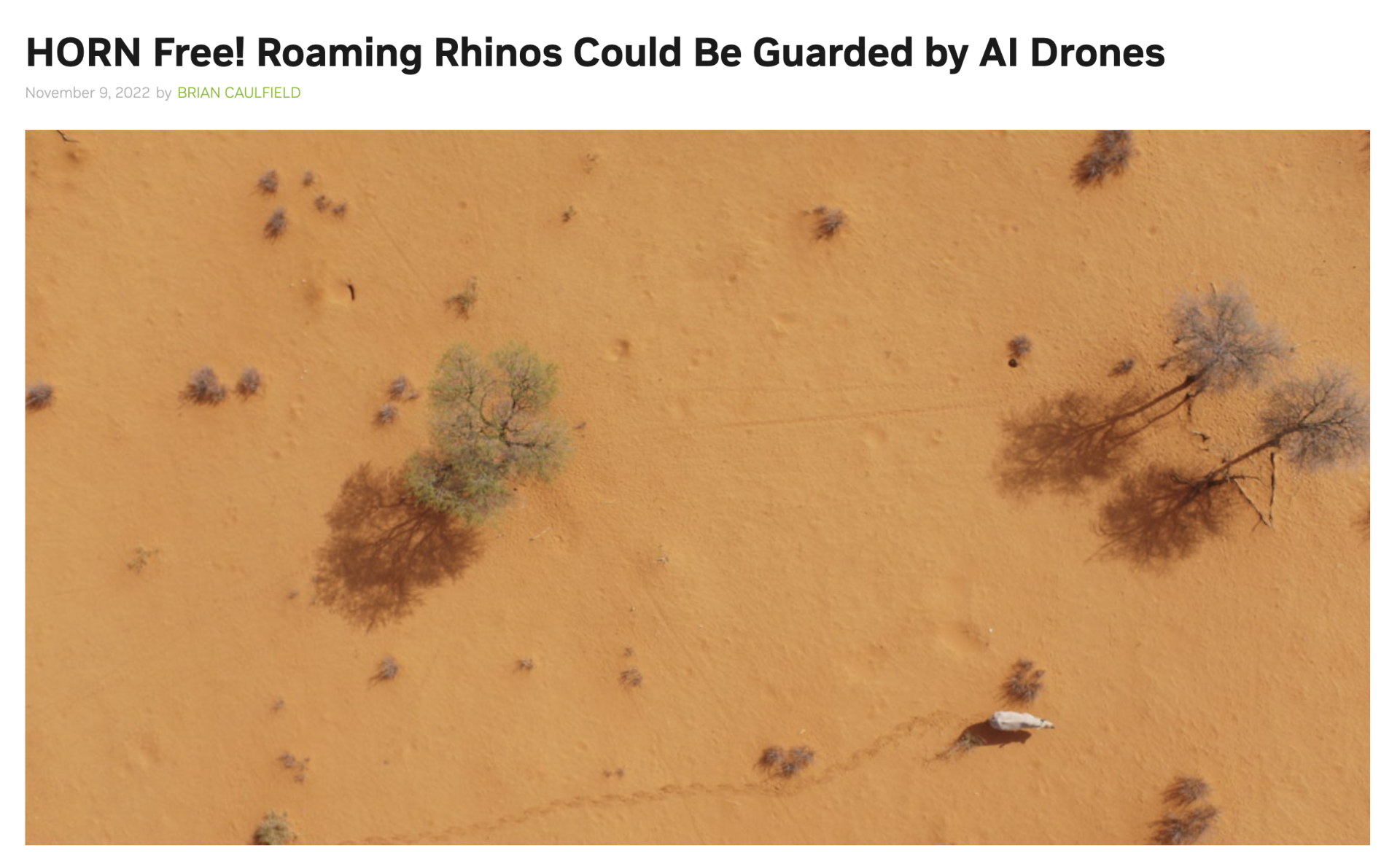
Read More
WildTrack records an NVIDIA podcast
How can we count rhinos quickly over large areas to protect them? I recently recorded a podcast for NVIDIA with colleague Alice Hua, a software...
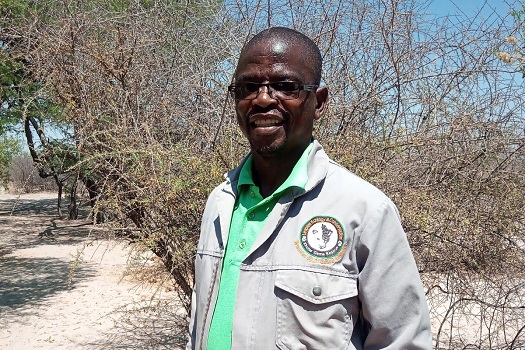
Read More
Pogiso 'Africa' Ithuteng talks about tracking for conservation
Back before we founded WildTrack, we lived in Zimbabwe for 10 years tracking black rhino, and worked closely every day with expert indigenous trackers. Slowly...

Read More
Art meets Science for Conservation!
WildTrack Specialist Group members Amy Fitzmaurice and Asaf Ben-David are presenting a unique art exhibition for our workshop in Portugal, October 30th - November 6th...
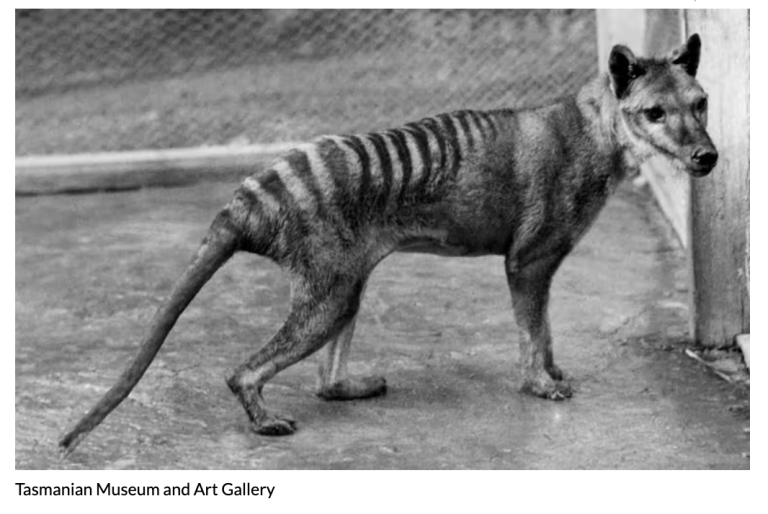
Read More
Resurrecting the Thylacine?
This week, in his excellent blog series, ConservationBytes, Australian Ecologist Corey Bradshaw discusses new attempts to resurrect the extinct Tasmanian tiger, or Thylacine, which was...
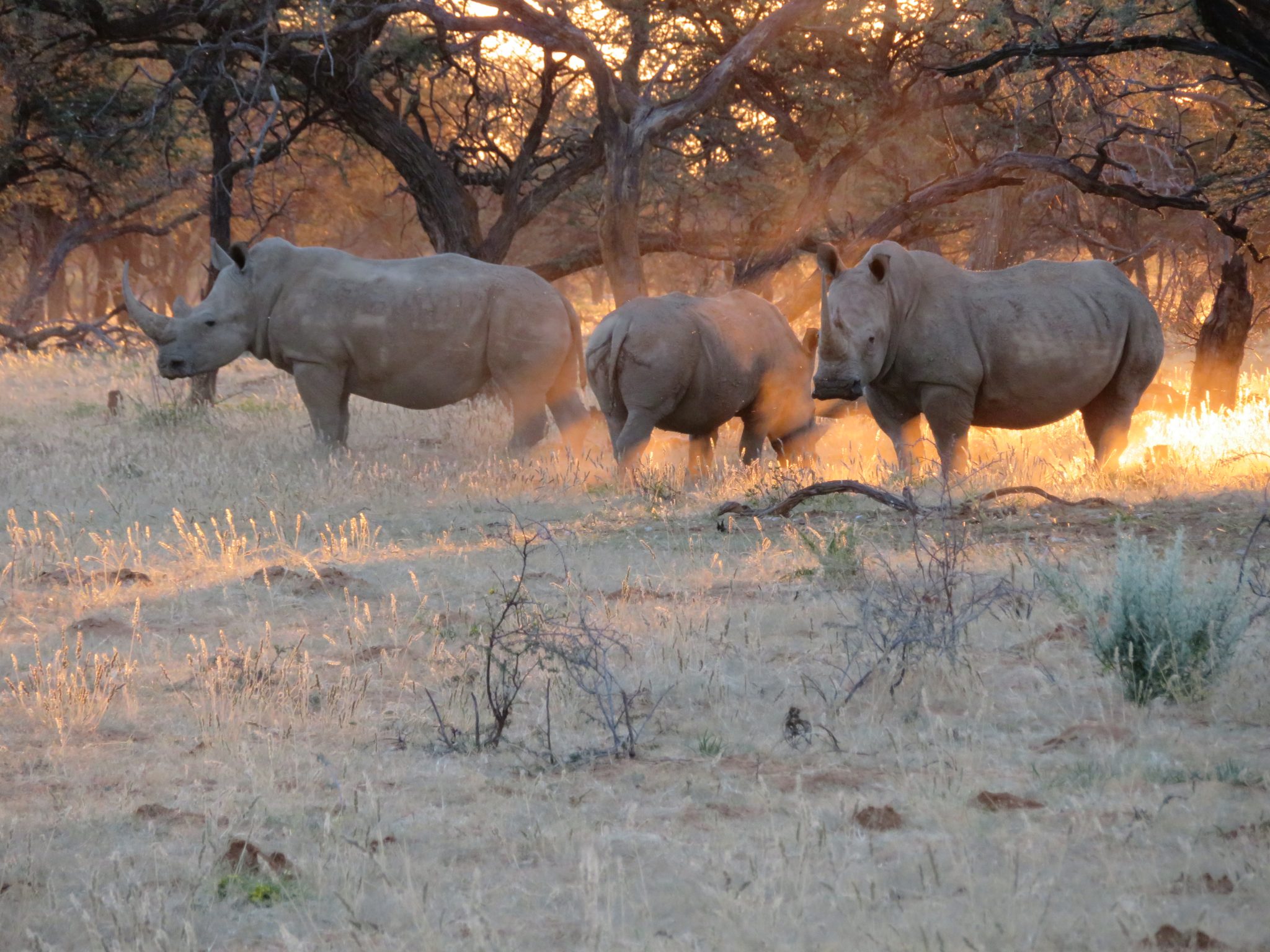
Read More
Drones can help protect rhinos in real-time with text messages!
Our latest publication in the journal PeerJ describes how we’ve developed a model to protect rhino using drones. The drones fly overhead and collect video...
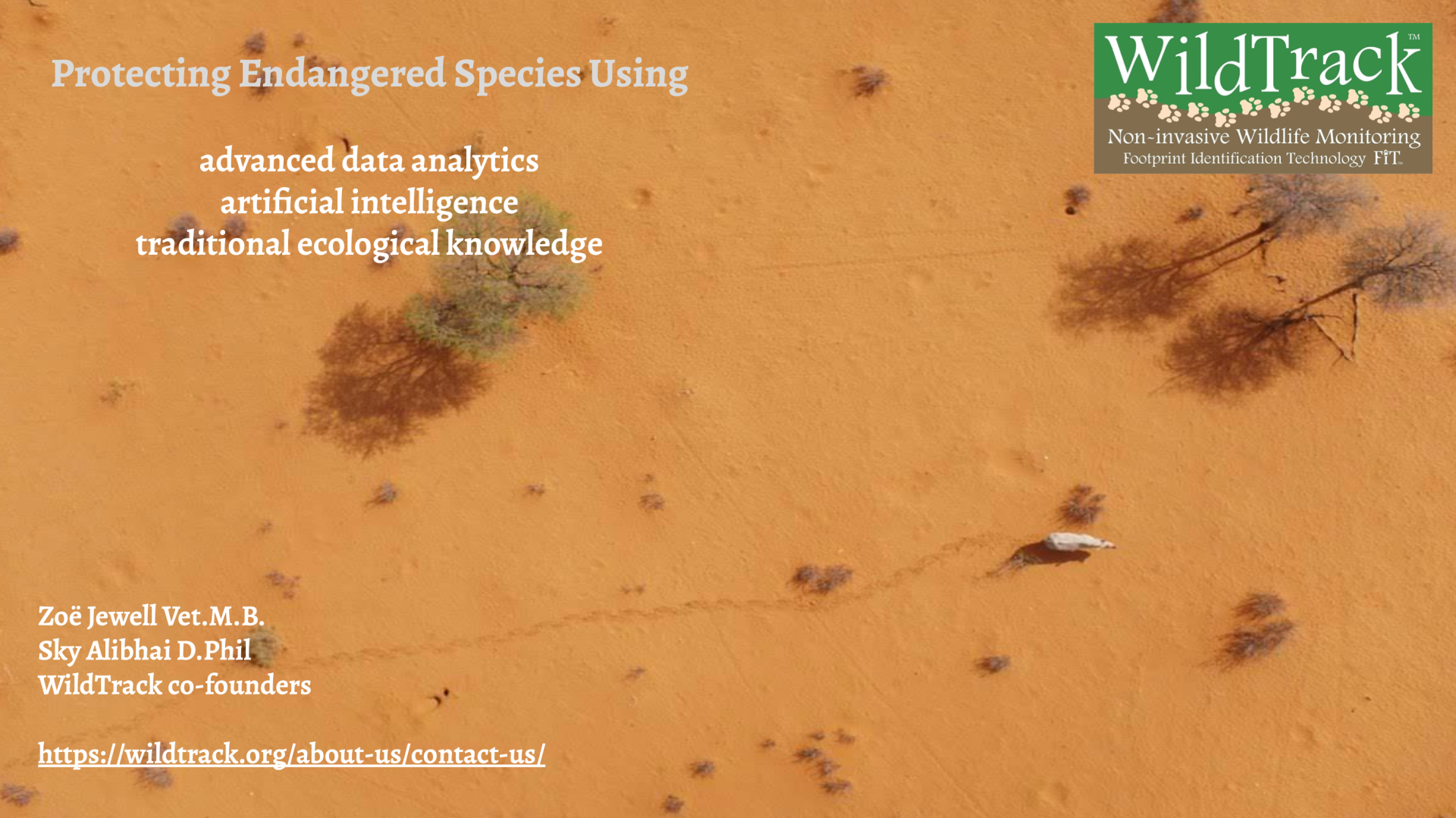
Read More
WildTrack presentation for the IUCN: High-Level Political Forum 2022 Official Side Event
We were honoured to present WildTrack’s work to a wide-ranging audience from wildlife conservationists to government officials from around the world at this IUCN event...

Read More
Realigning Our Priorities Post-Pandemic
As we emerge, slowly and unsteadily, from the thunderbolt of the first Pandemic, with more almost certain to come, it seems a good time to...
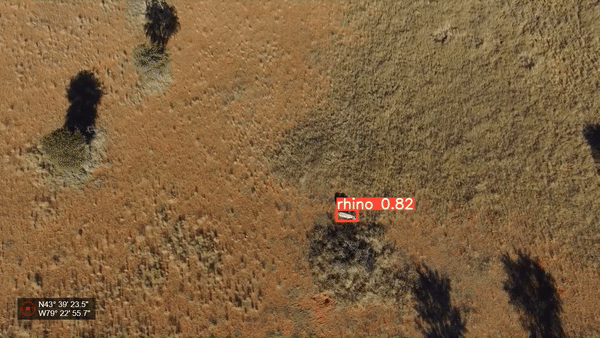
Read More
UC Berkeley and WildTrack, helping saving Hermes the rhino!
Conservationists now have a new prototype AI tool to help prevent rhinoceros poaching.
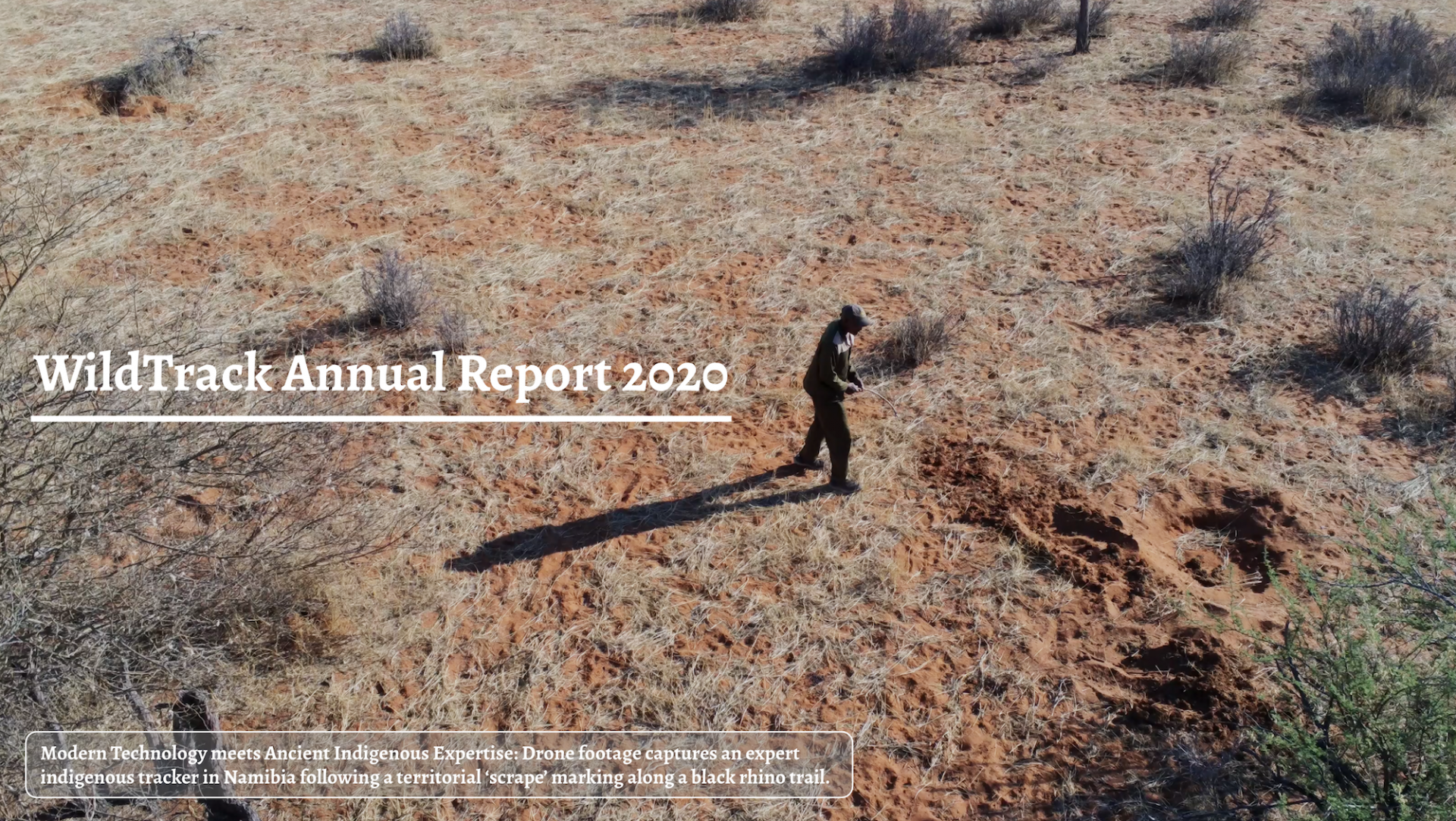
Read More
WildTrack Annual Report 2020
We report on the challenges we faced during an extraordinary year, and share our successes.

Read More
Kate Gilman-Williams: An 11 yr old animal conservation star putting passion into action!
Kate Gilman-Williams is driven by a passion to protect animals. What marks her apart from most other 11 yr olds is her determination to communicate...

Read More
Celebrating United Nations Biodiversity Day 2021!
The United Nations Day for Biological Diversity 2021 is an opportunity to celebrate the work being done around the world to protect our fast-disappearing biodiversity....

Read More
Celebrating United Nations Biodiversity Day 2021!
The new WildTrack Specialist Group is an innovative global network of conservation biologists using only animal-friendly and community-accessible techniques to protect endangered species. This short...

Read More
WildTrack Women in Science 2021!
The theme of the 2021 Women in Science Day is ‘Women Scientists at the forefront of the fight against COVID-19. Our majority-women WildTrack Core Group...

Read More
Bat Track: Why bats need our help!
All over the world, bats – yes those same bats that pollinate our food, disperse seeds, eat bugs that annoy us – are in deep...
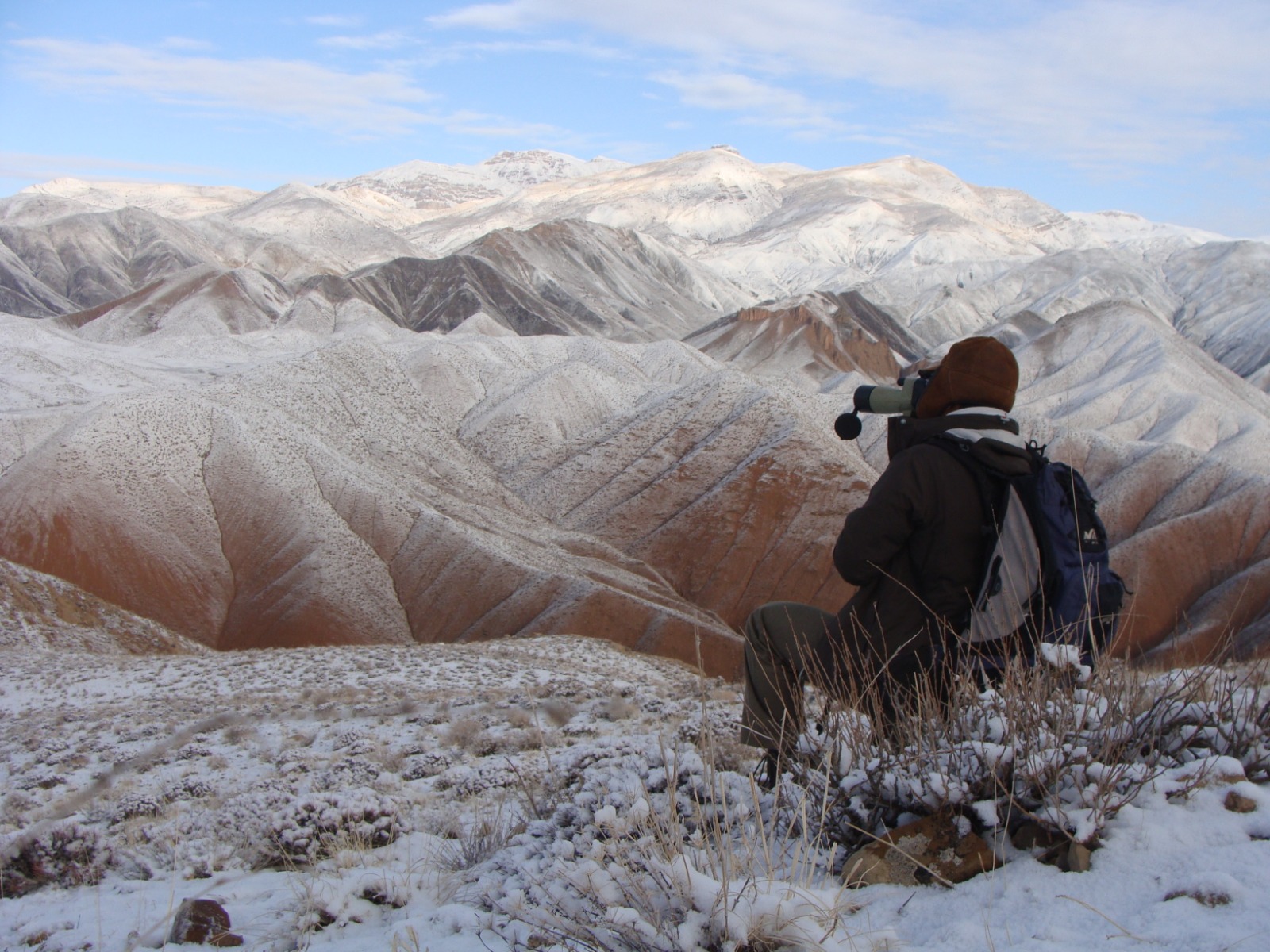
Read More
Guest Blog: WildCats in Iran – New tourism initiative to help conservation
Guest Blog: WildCats in Iran – New tourism initiative to help conservation January 4, 2021 Nature tourism and wildlife conservation often work hand in hand...
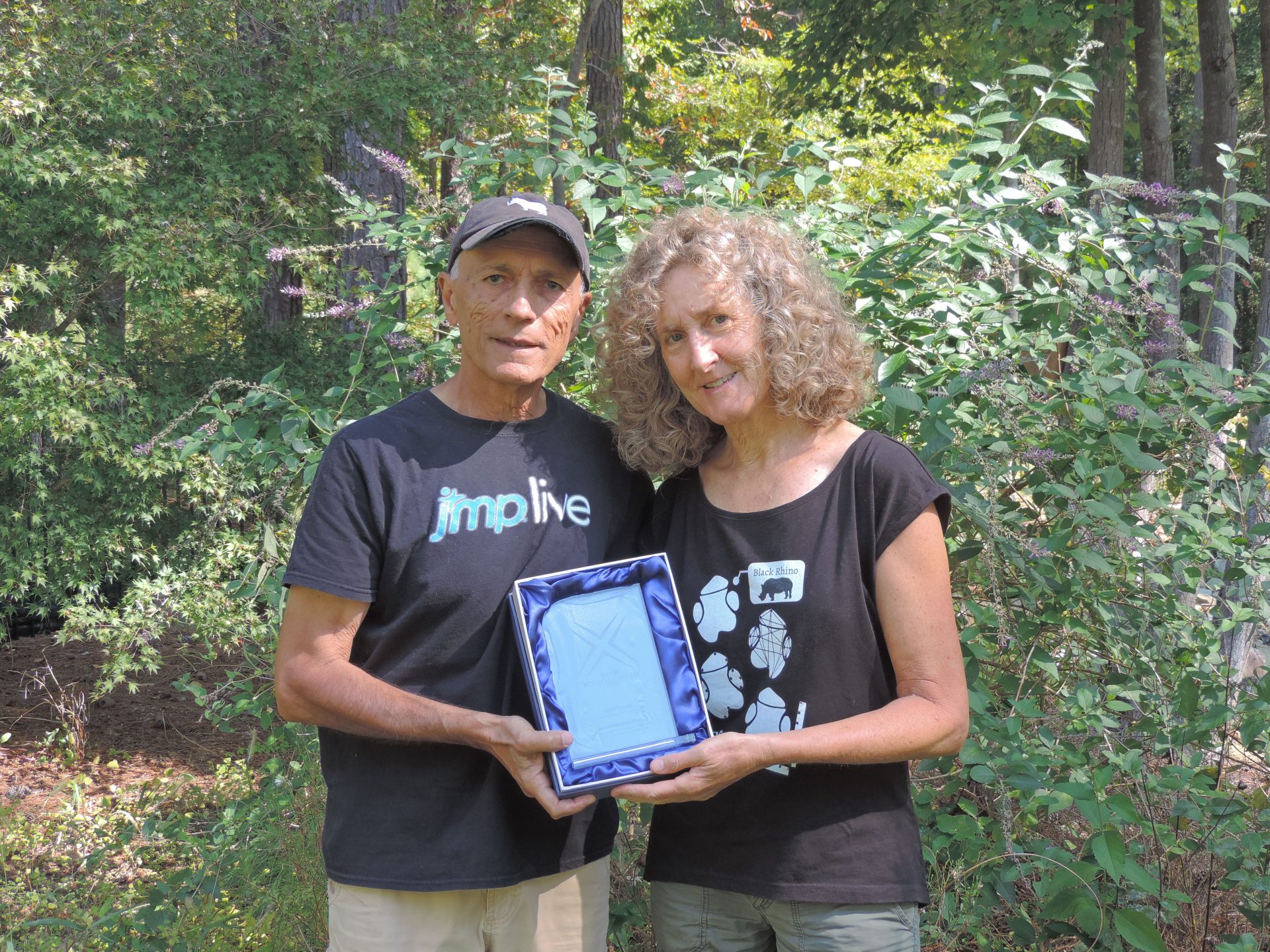
Read More
WildTrack wins 2020 AUVSI XCELLENCE award!
We’re truly honoured to be recipients of the 2020 Association for Unmanned Vehicle Services International (AUVSI) XCELLENCE award in the Humanitarian category, for our work...
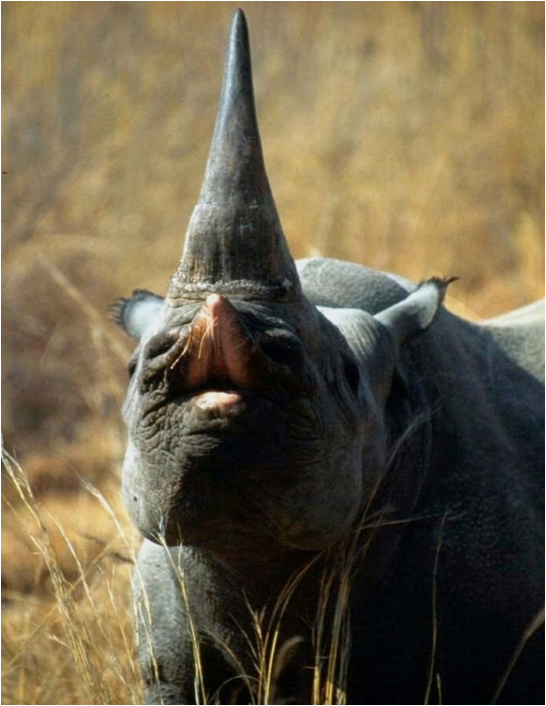
Read More
WildTrackAI wins UC-Berkeley Capstone Project Award!
WildTrack, in collaboration with the UC Berkeley I School, has won the coveted Hal R. Varian Capstone award for the WildTrackAI Computer Vision application! WildTrack...

Read More
Monitoring black rhino in Namibia’s custodianships: New paper just out in PeerJ
This paper focus specifically on the practical application of our footprint identification technique in JMP for monitoring at-risk black rhino populations in Namibia’s custodianship properties....

Read More
Leopard and Lion in Botswana - monitoring using FIT in JMP!
An almost perfect lion print - left hind foot - showing clear outlines of the four toe pads and heel.
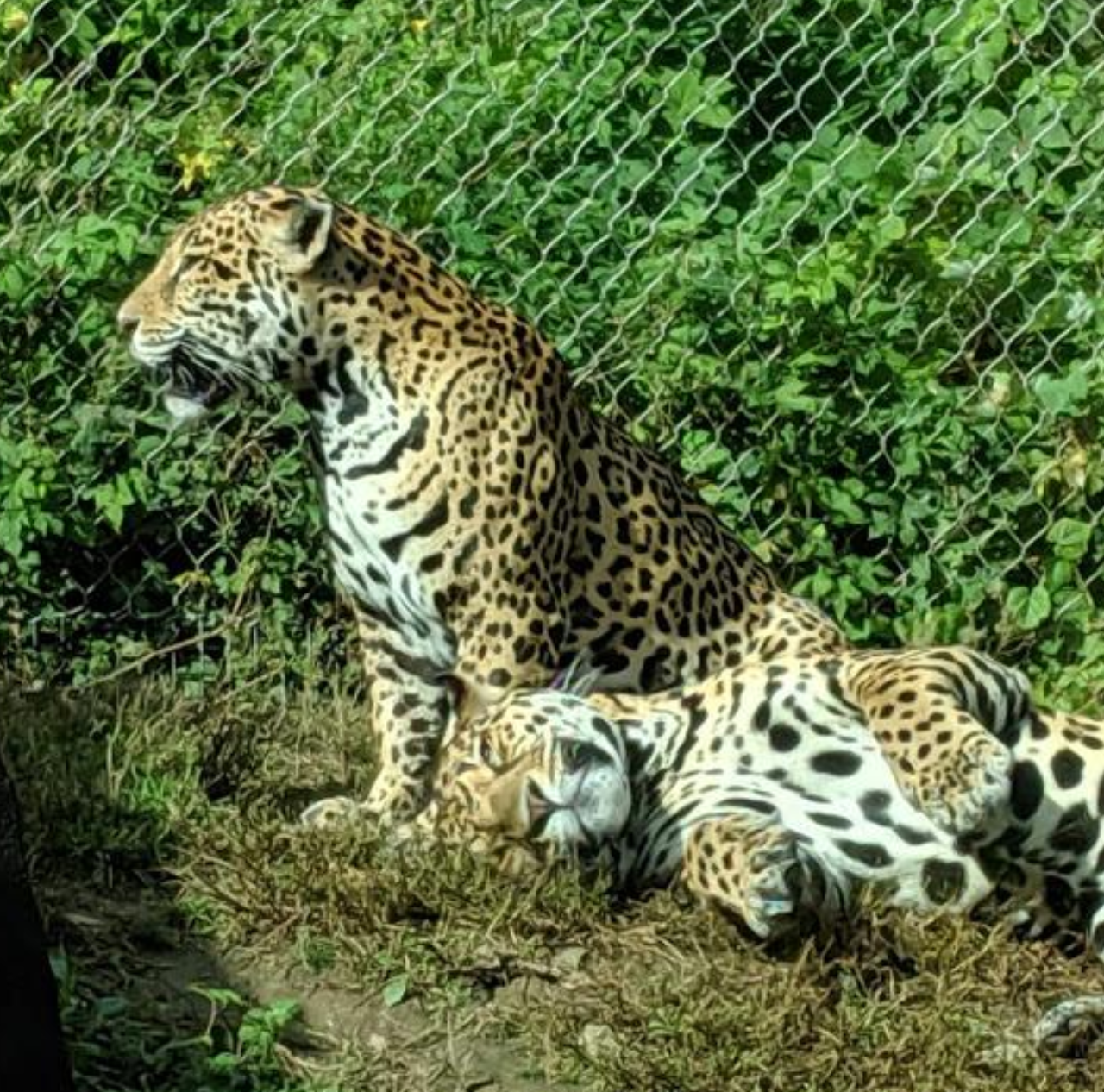
Read More
Interview with Dayle Sullivan-Taylor on collecting jaguar footprints
This is a great story of how a zookeeper’s curiosity and expertise with jaguars helped her think like a professional tracker. Thanks to our friends...
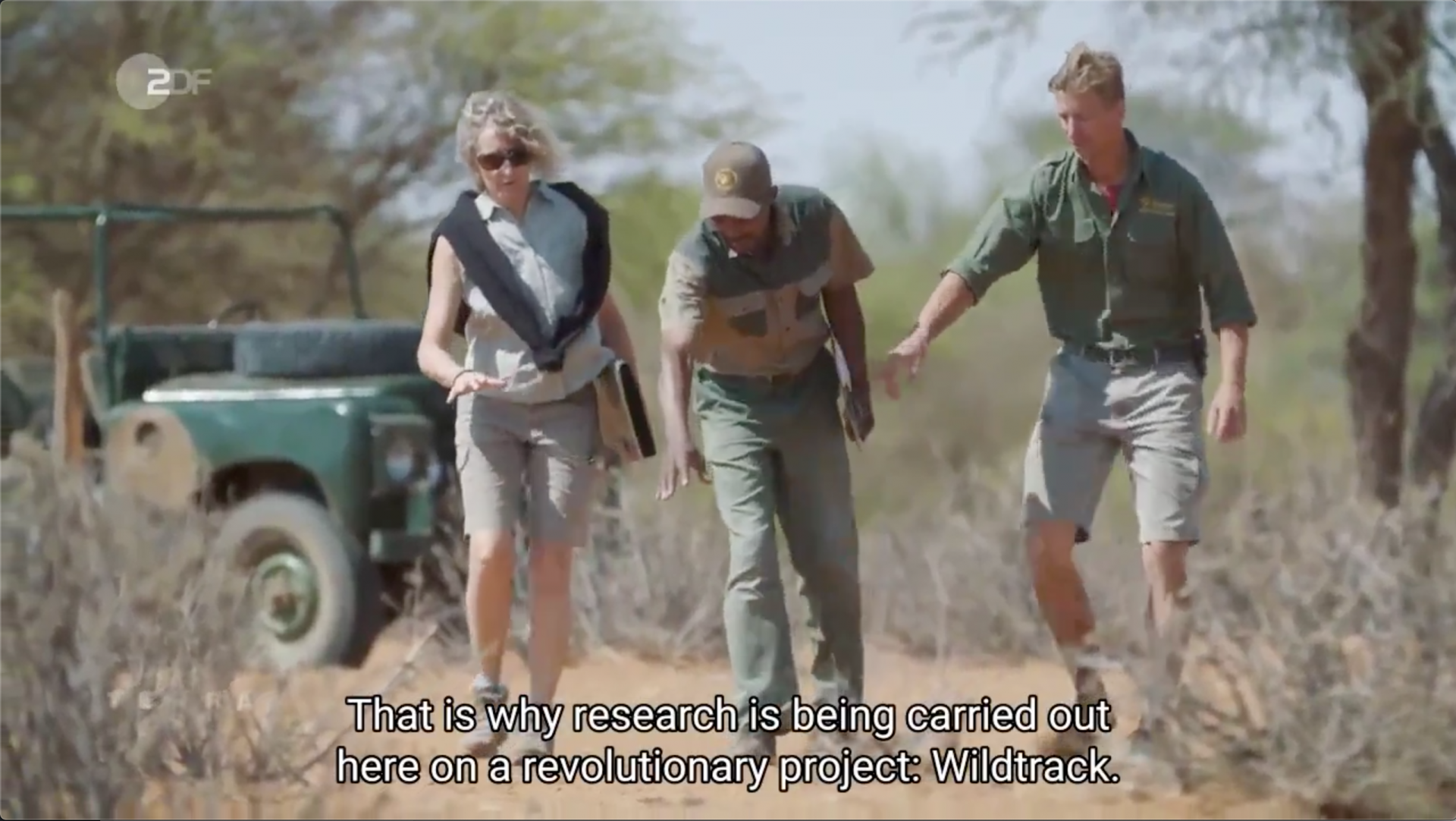
Read More
TerraX documentary about WildTrack's rhino work in Namibia, now in English
Now you can view WildTrack’s TerraX documentary as a stand-alone sequence with English subtitles (Credit: Alexander Beck, JMP Germany)

Read More
WildTrack featured in TerraX documentary
WildTrack’s work in Namibia to monitor and protect black rhino, in partnership with Kuzikus Wildlife Reserve, is featured in a new documentary from German documentary...
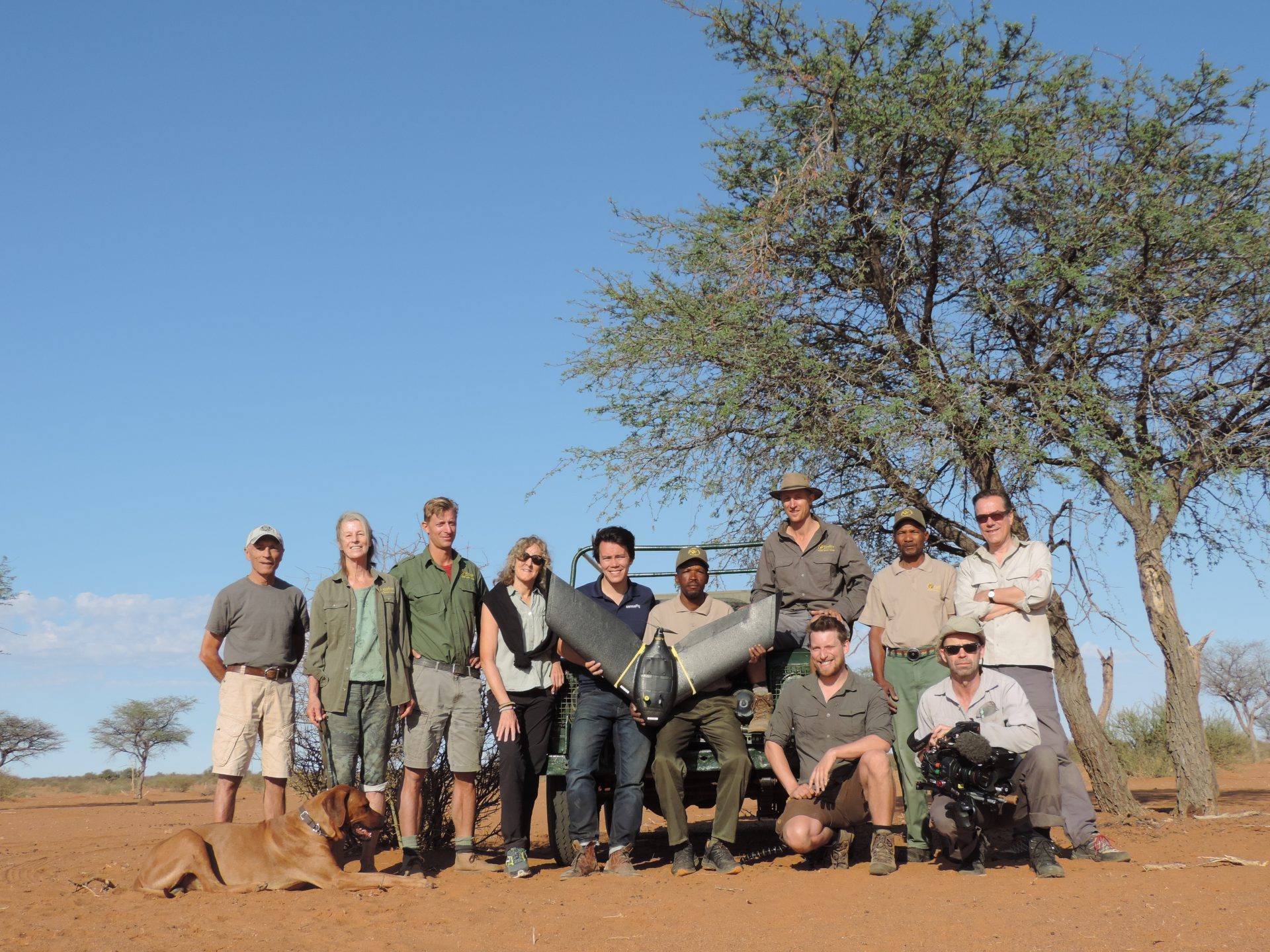
Read More
WildTrack reaches finals of the AUVSI XCELLENCE Awards!
“The AUVSI XCELLENCE Awards celebrate the achievements of individuals and organizations who have applied unmanned systems technology to create solutions to address a range of...
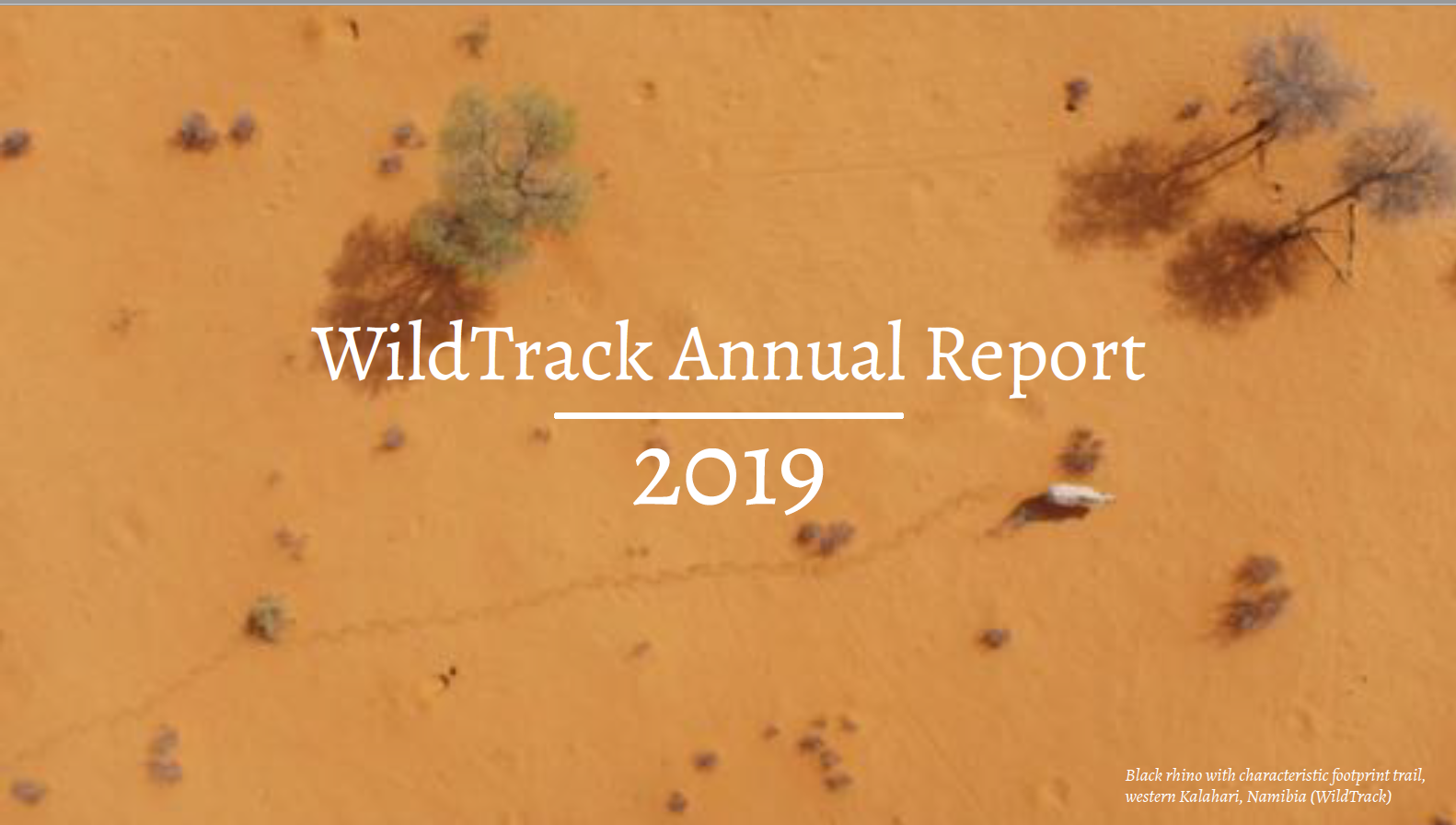
Read More
WildTrack Annual Report 2019 now out
We’re happy to share our 2019 WildTrack Annual Report, detailing our work throughout 2019. We always welcome feedback, thoughts, suggestions and new ideas so please...
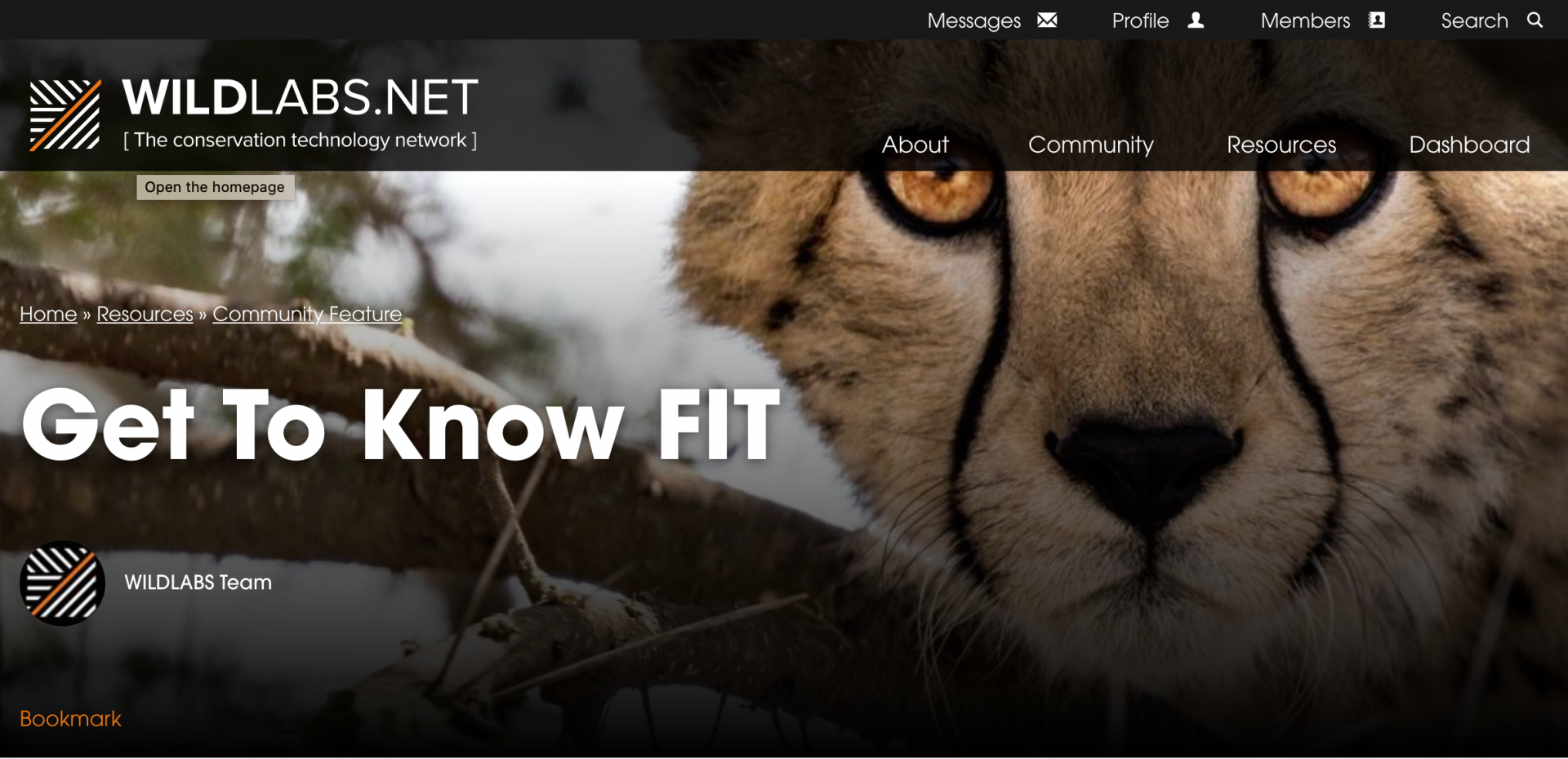
Read More
WildTrack has a new community forum, hosted by WildLabs!
Building a strong user network is key to the success of any new technology. WildTrack’s Footprint Identification Technology is being used across five continents, but...

Read More
WildTrack a 'social impact innovator that might save the world'
Honoured to be on this list, and proud to recognize our partners at JMP software, senseFly, the US Army Research Office, and BerkeleyISchool for the...
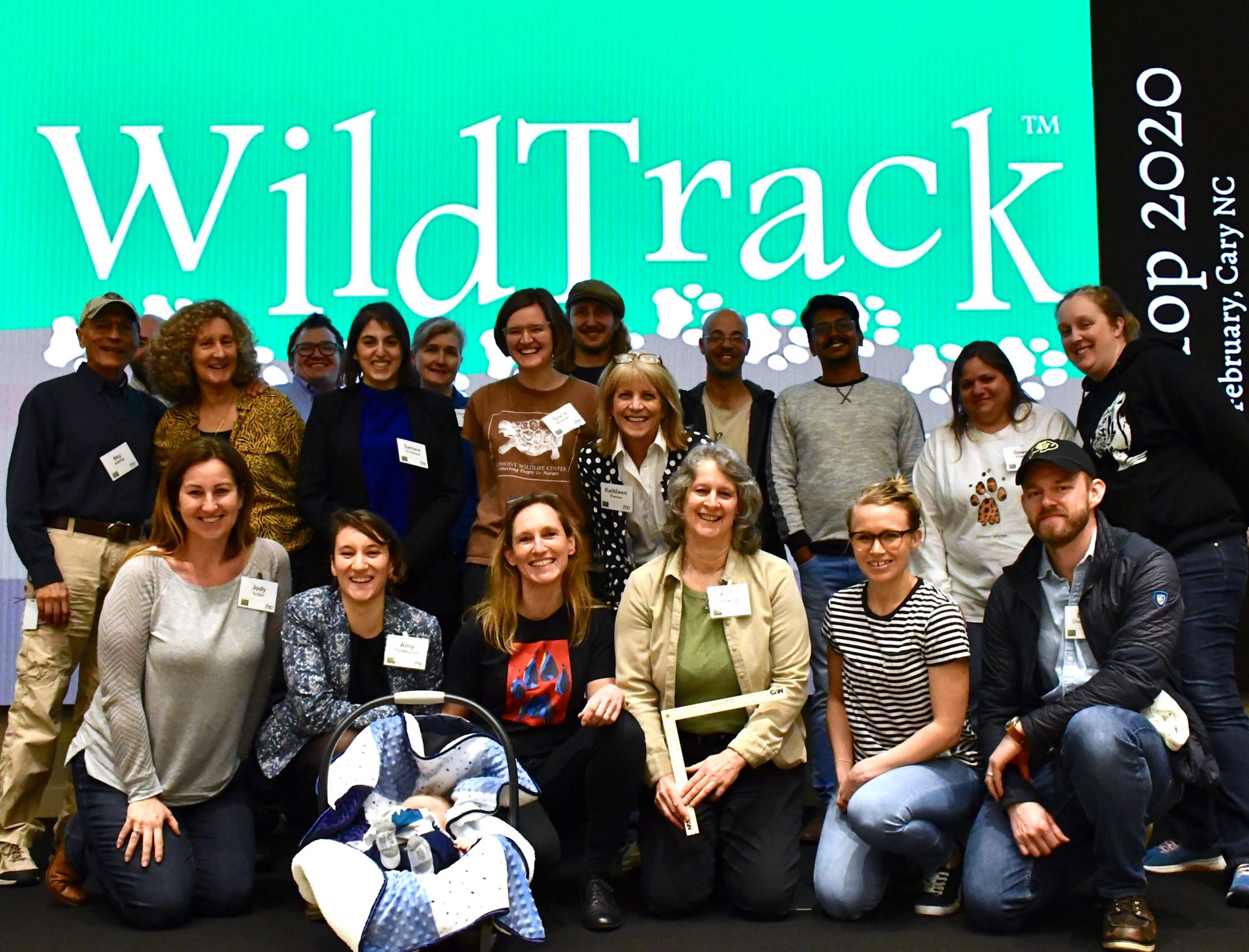
Read More
Our first USA FIT Workshop!
Neoichnology. The science of footprints. Footprints for wildlife conservation.
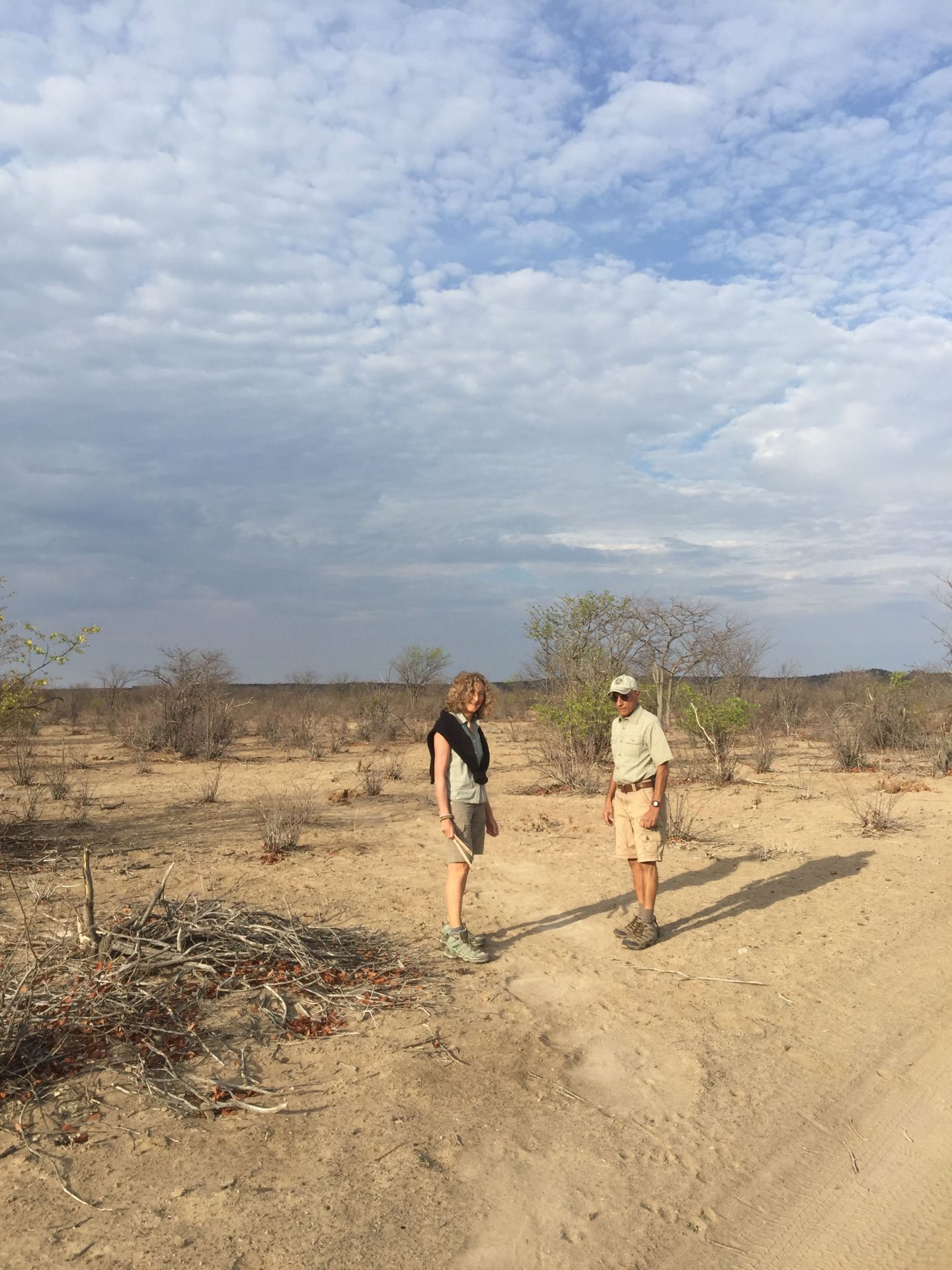
Read More
Honoured to be JMP Superusers!
What led two rhino conservationists working in a remote area of Africa to discover a better way of keeping track of rhino? The answer is...
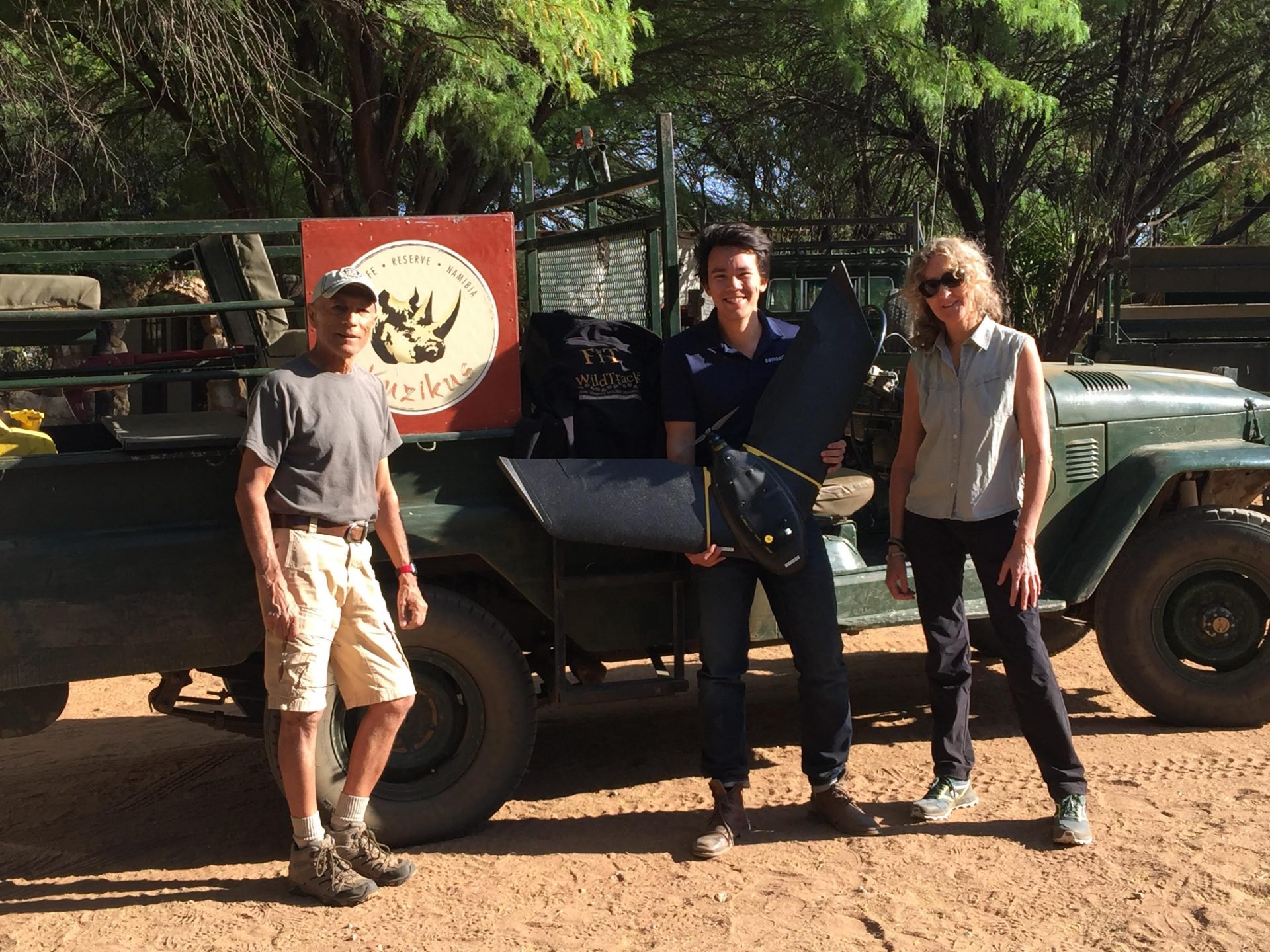
Read More
senseFly with WildTrack and Kuzikus
Can senseFly’s eBee X help us monitor rhino and other wildlife in Africa? We’re here in Namibia trialing this awesome drone using many different parameters...
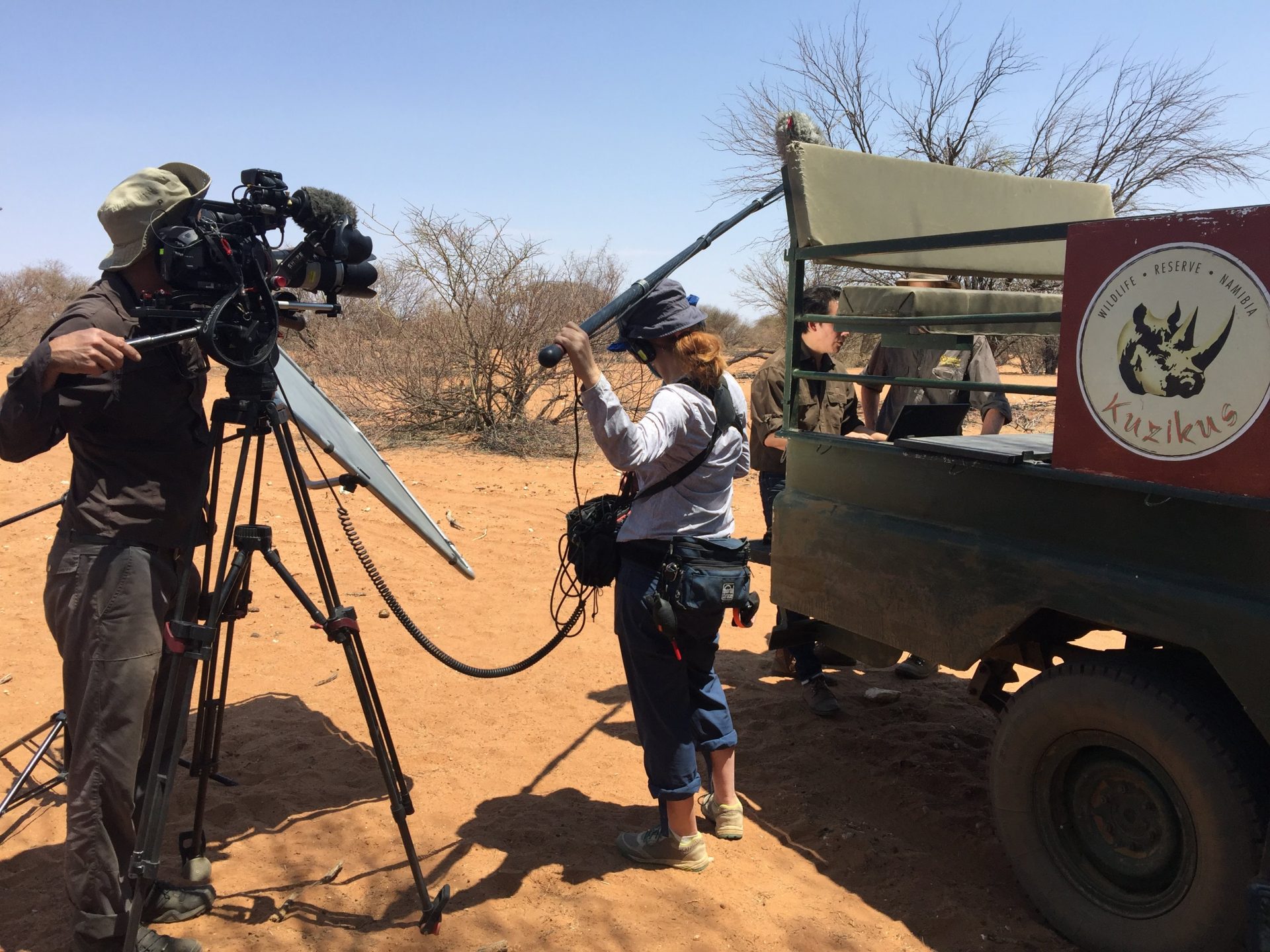
Read More
WildTrack is filming at the Kuzikus Wildlife Reserve, Namibia
The WildTrack team is in Namibia filming two techniques for monitoring black rhino; FIT in JMP software to identify individuals, and using senseFly eBee X...
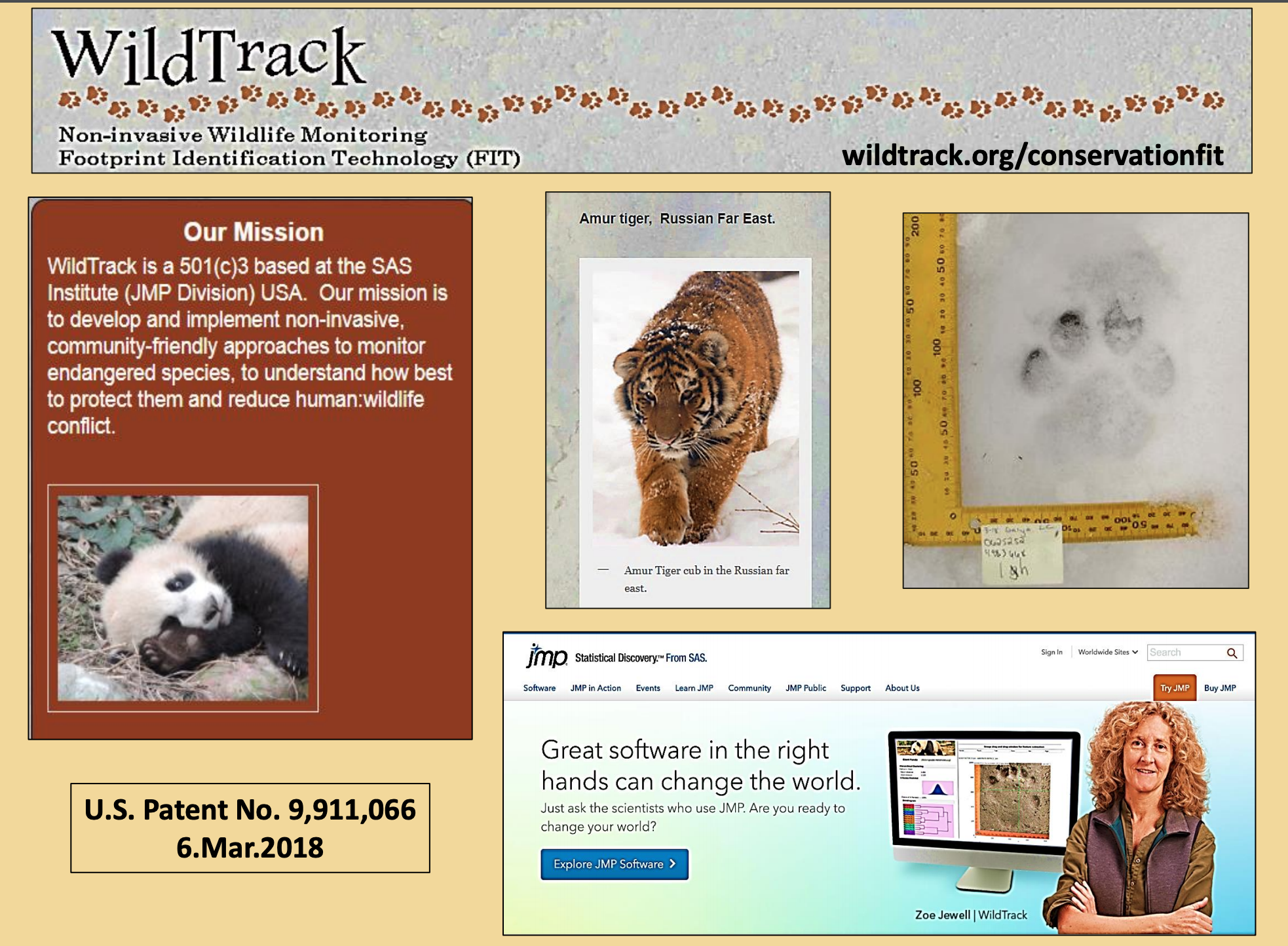
Read More
ConservationFIT presents at the annual AZA meeting
This CFIT presentation was given to the Conservation Technology session at the September 2019 AZA Annual Meeting in New Orleans.
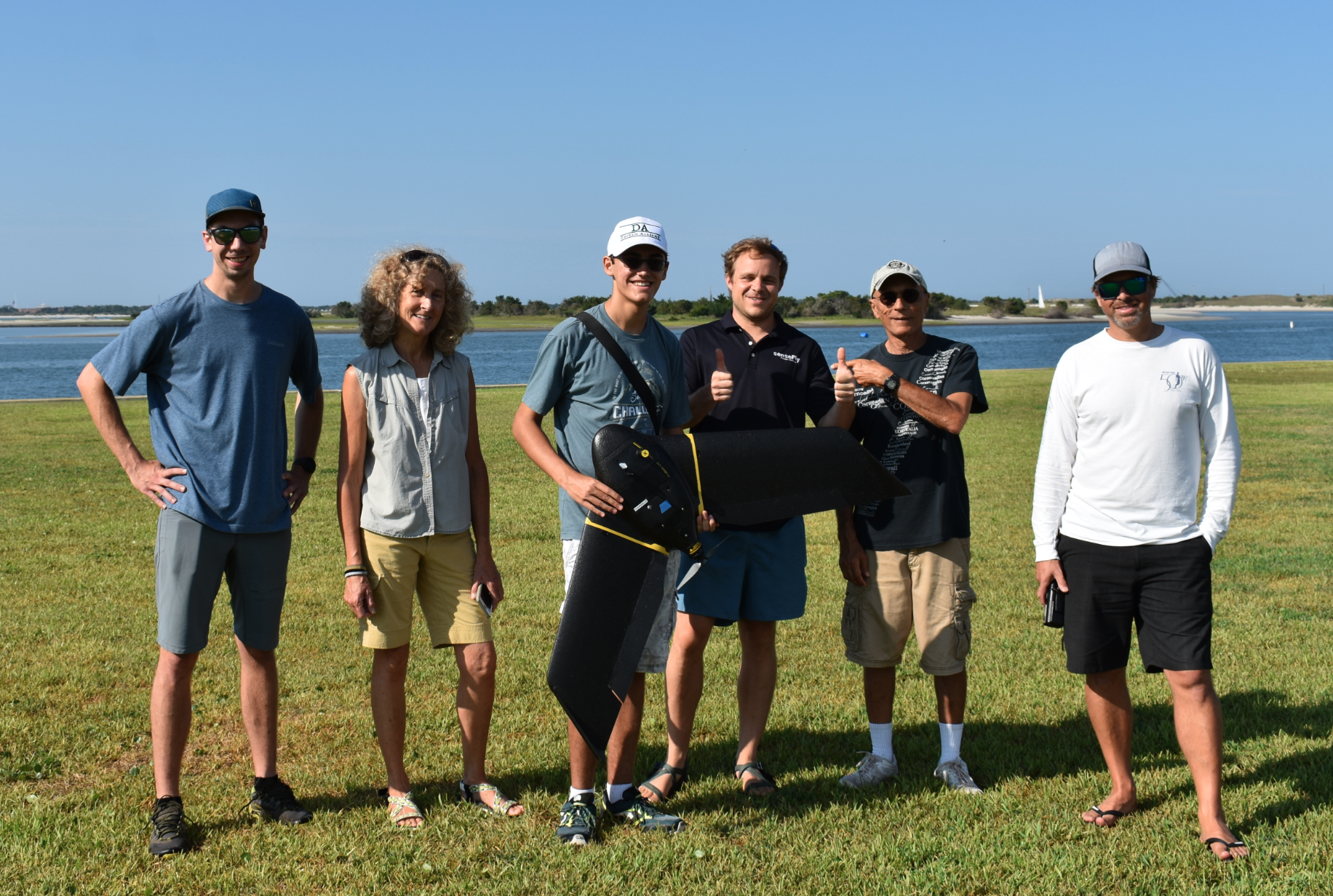
Read More
Mapping Drones for Wildlife Conservation!
WildTrack is partnering with the US leading fixed-wing drone manufacturer senseFly{“target”:”_blank”} to explore the use of their excellent integrated drone mapping systems for wildlife monitoring....
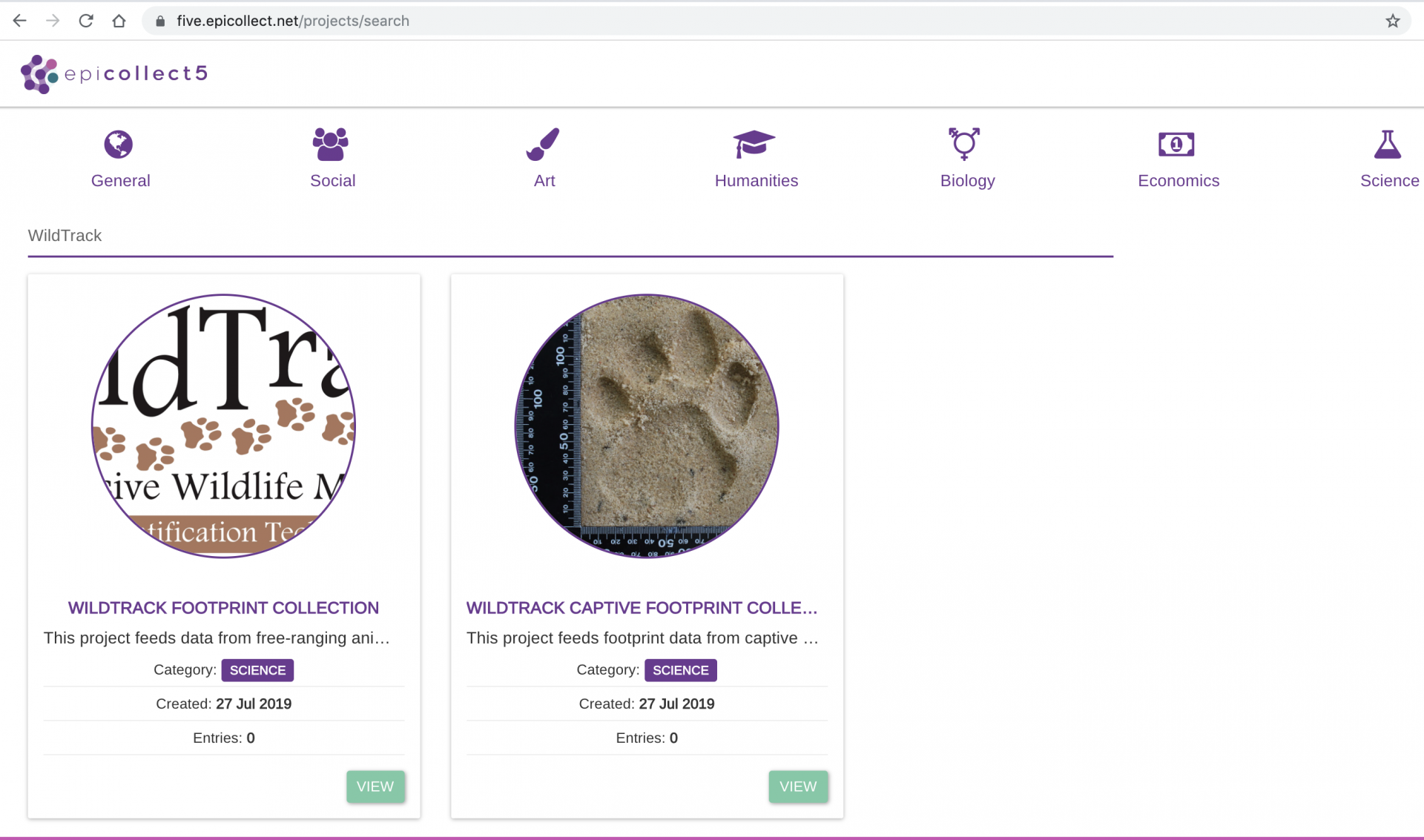
Read More
New citizen-scientist engagement app!
Over the summer we’ve been trialing more efficient ways of collecting footprint images, making it easy for citizen scientists to participate in our work. We...
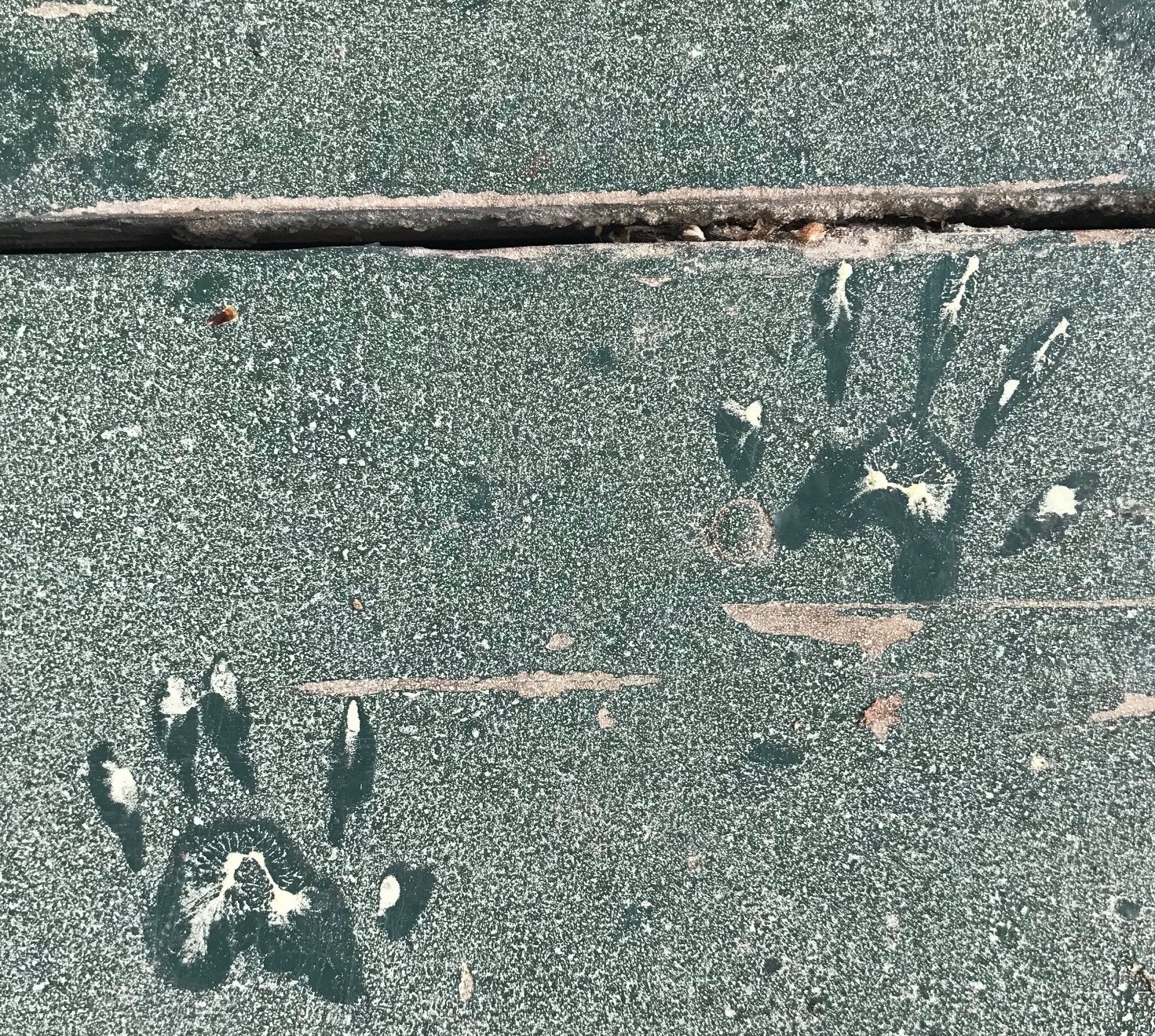
Read More
And now for something completely different!
WildTrack has recorded prints in almost every kind of substrate you can imagine - sand, snow, mud, gravel, charcoal etc) but yesterday we received something...

Read More
Tiger conservation in Nepal
Living with Tigers Project lead researcher Amy Fitzmaurice ran a successful training workshop for Nepal Tiger Trust (NTT) on WildTrack’s Footprint Identification Technique (FIT).
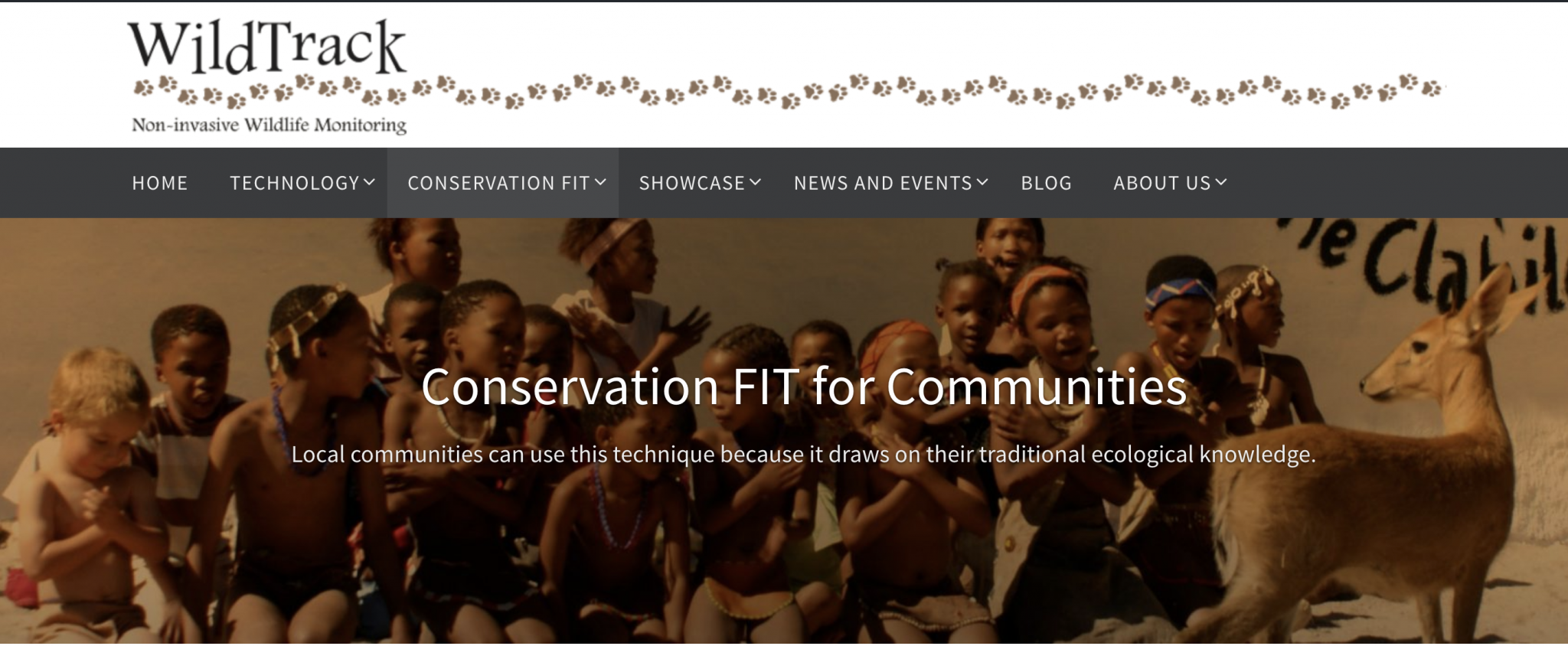
Read More
Visit our new WildTrack Site!
Check out our new WildTrack website! We showcase our academic and research work and bring our citizen science portal, ConservationFIT on board to streamline our...
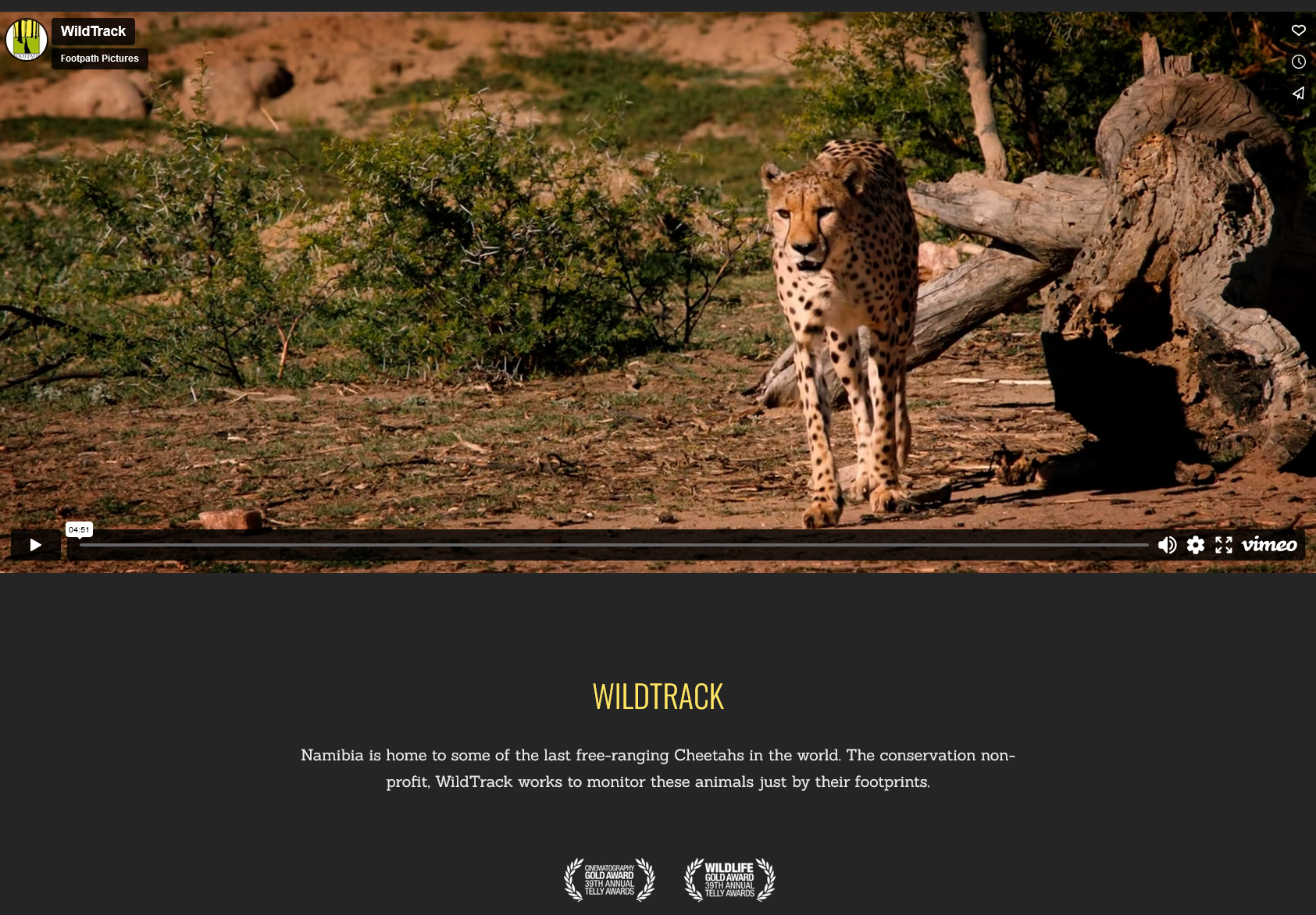
Read More
Documentary about WildTrack earns two Emmy awards
WildTrack’s work in Namibia, documented on location by film-makers Ray and Susan Ellis of Footpath pictures , has just been honoured with two Emmy awards!...

Read More
WildTrack earns GuideStar Platinum status
Celebrate with WildTrack as we earn our first GuideStar Platinum status!
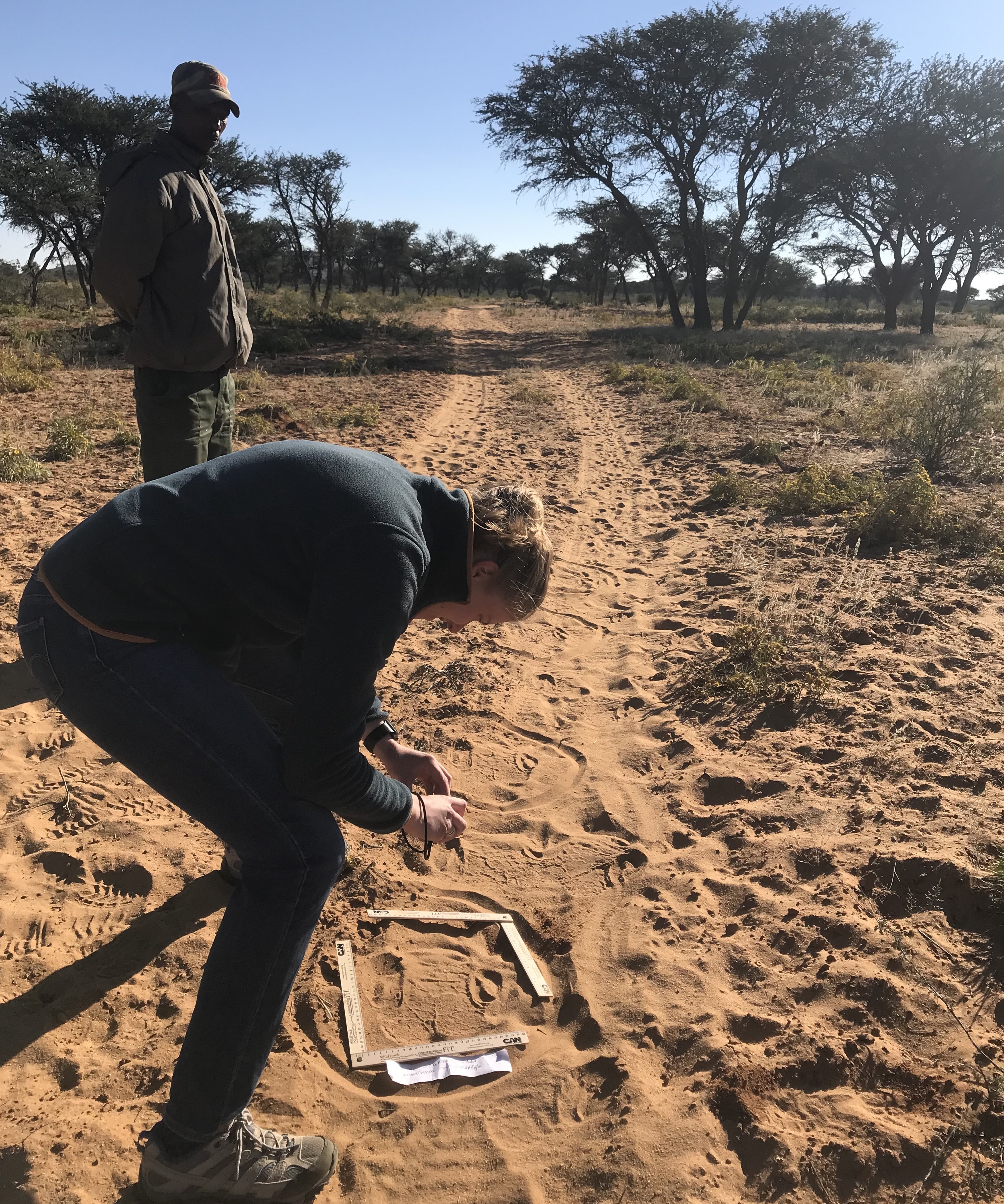
Read More
My Experience Tracking Rhinos in Namibia with WildTrack
By Katrina Leser, College of Veterinary Medicine, University of Florida

Read More
Pumas at the end of the World...
Pumas range over all the Americas - this species has one of the widest distributions of all those we study.
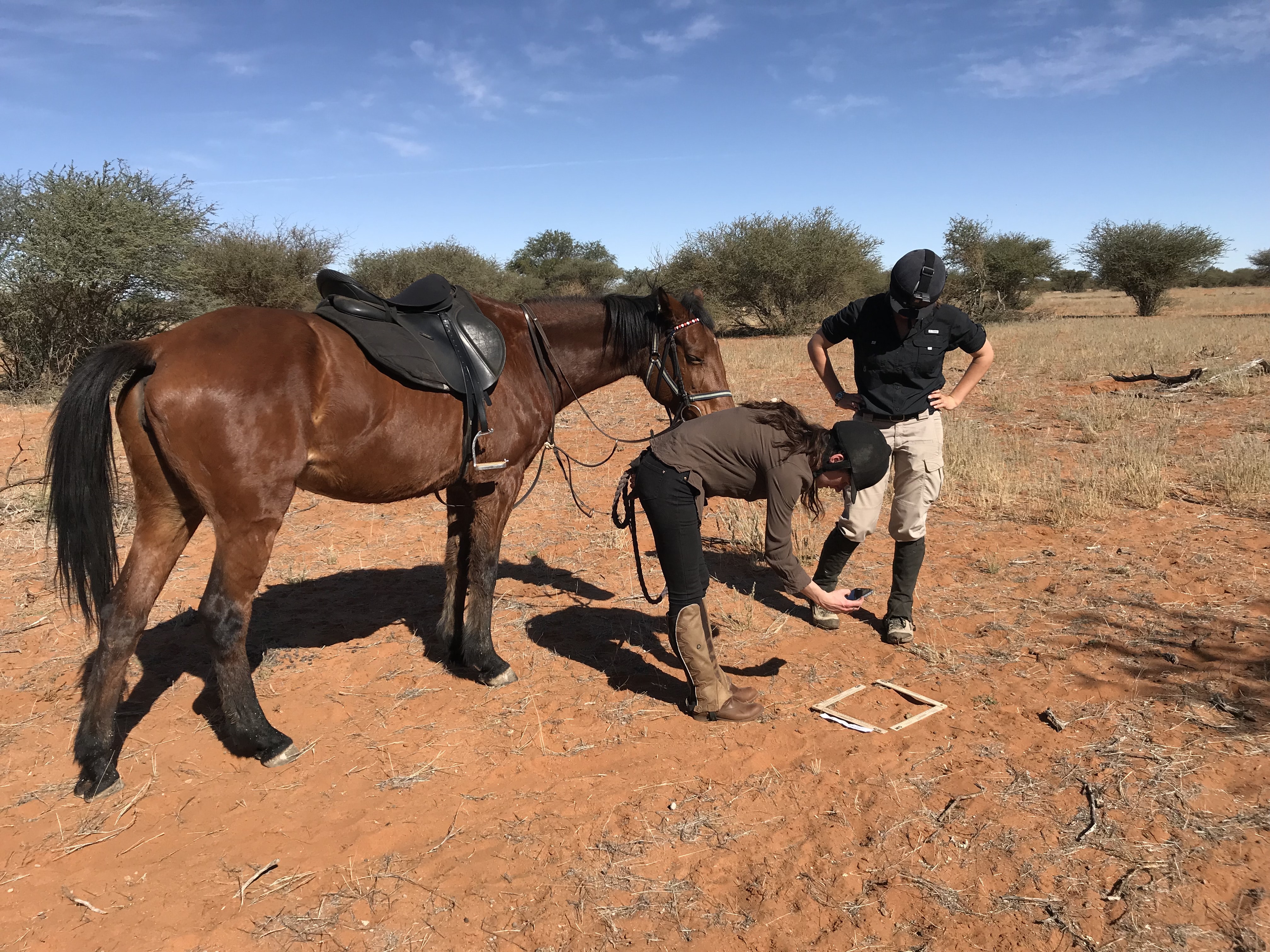
Read More
Rhino monitoring in Namibia
WildTrack teams led by Dr Peter Law in Namibia are monitoring black rhino for the Namibian government. We’re running pilots at three different locations (confidentiality...
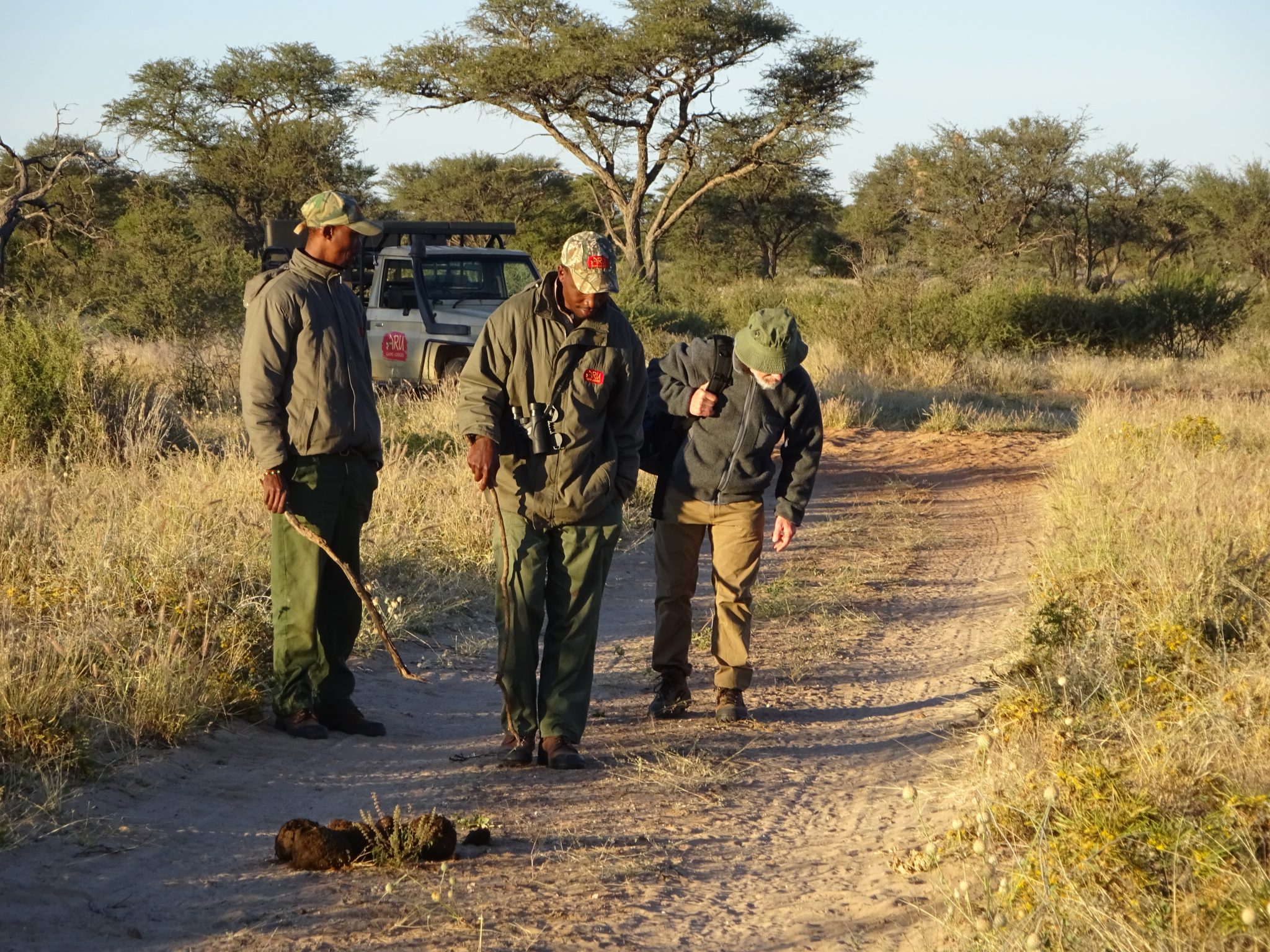
Read More
WildTrack counting black rhino in Namibia using FIT
Our team is in the field, at our first site, using a footprints-only protocol to estimate black rhino numbers for landowners and the Namibian Ministry...
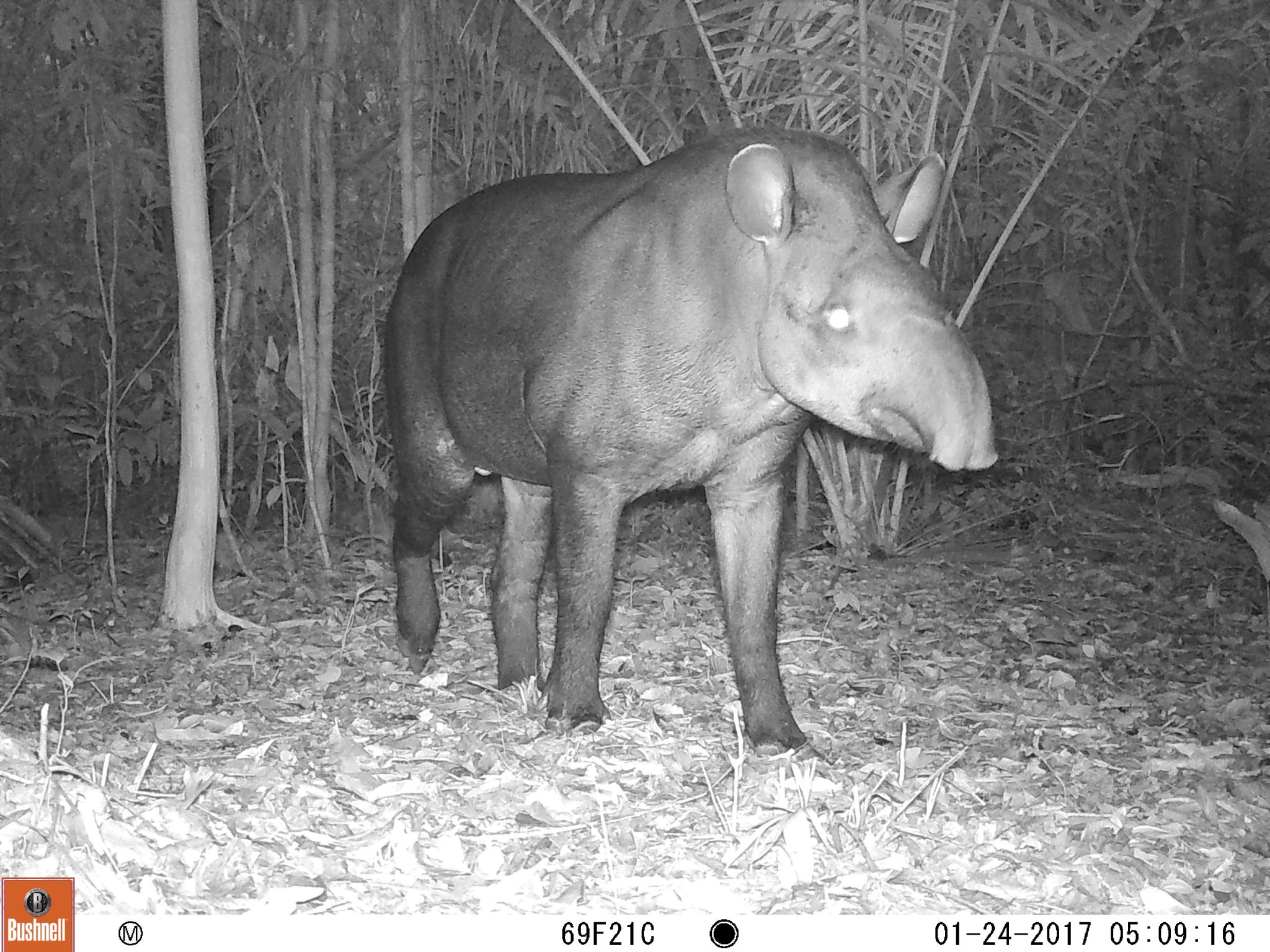
Read More
Our tapir study reported by Duke University
Duke’s Nicholas School of the Environment reports on our paper in Peer J demonstrating that FIT can be used to monitor tapir populations in the...
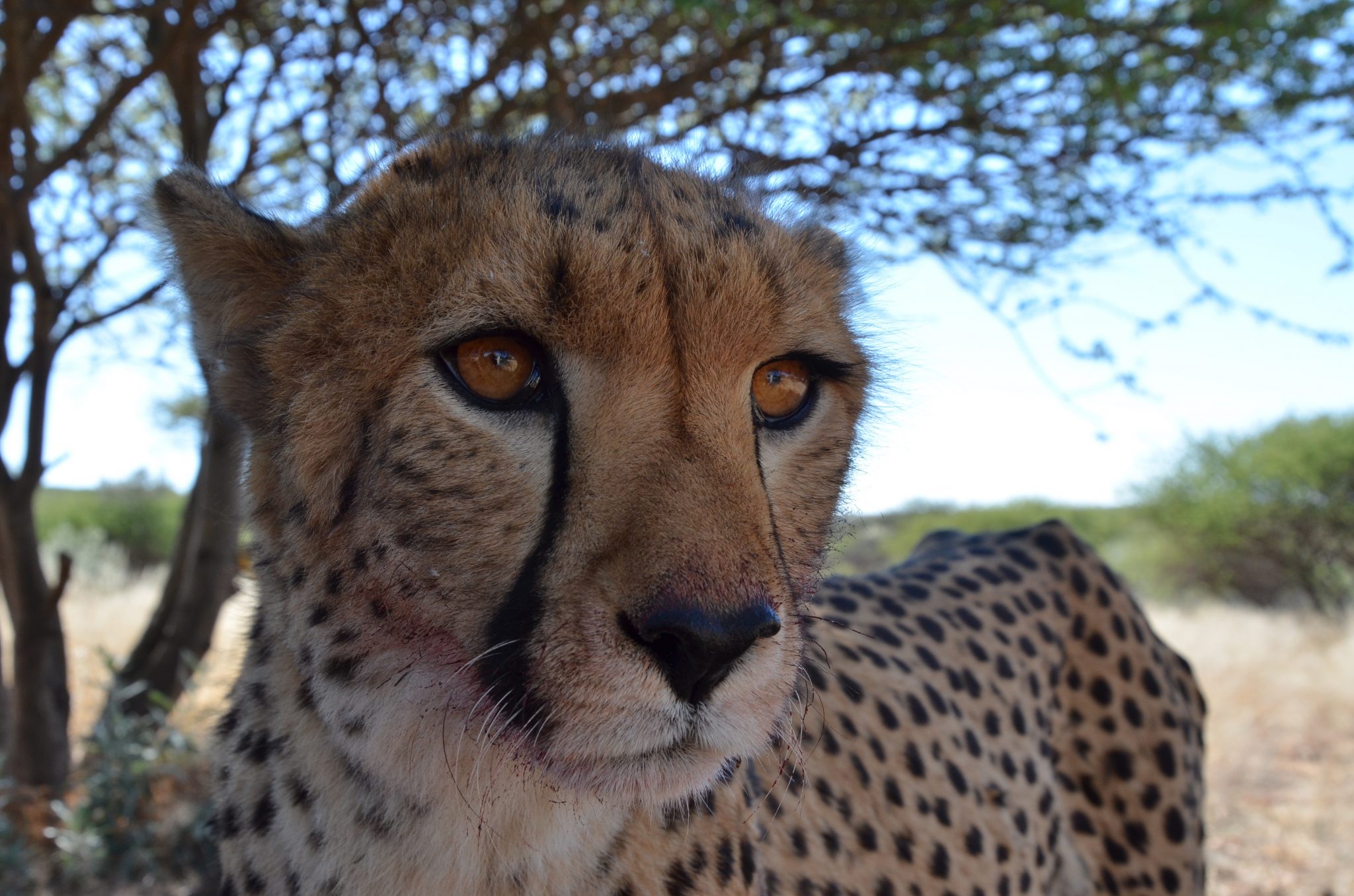
Read More
ConservationFIT: update for ex-situ partners
From Karin Schwartz, PhD, Scientific Coordinator for Ex-Situ Partners, ConservationFIT

Read More
From bushmen to biometrics in Namibia
We recently visited Namibia with Susan and Ray Ellis, founders of Footpath pictures. They produced a beautiful short film that relates how footprints produce biometrics...
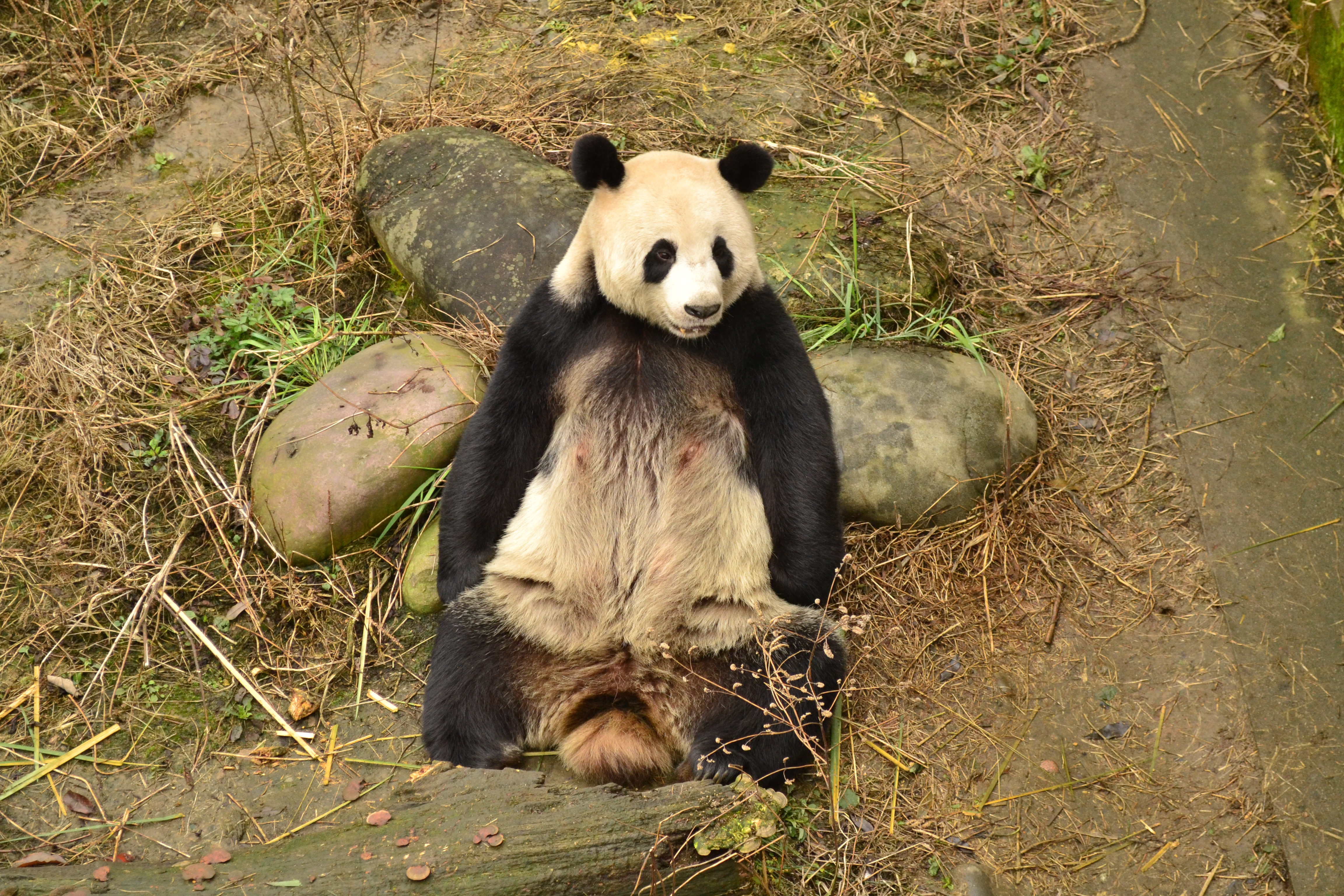
Read More
Giant panda publication in Biological Conservation
With co-authors from Duke Kunshan University and the Chinese Center for Research and Conservation of the Giant Panda, we report on the use of footprints...
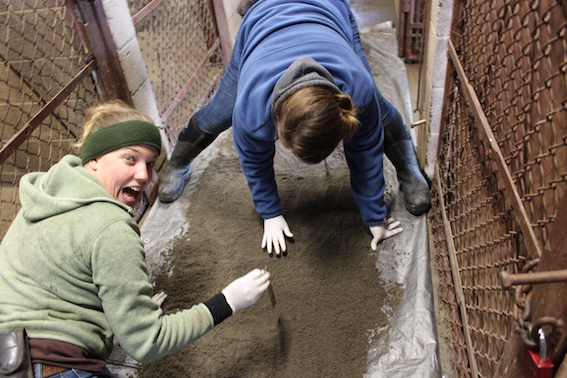
Read More
Cheetah + sand = footprints? Not quite so fast…
ConservationFIT is partnering with organisations that host ‘ambassador’ animals whose footprints can help us protect their free-ranging cousins. Oregon’s Wildlife Safari is helping us by...

Read More
Using footprints to identify and monitor Giant panda in the wild
We’ve been collecting data for this paper for the last three years - trudging up vertical slopes in the eastern Himalayas and poring over snowy...

Read More
National Geographic features WildTrack on Panda monitoring
Pandas are bears. Bears are, as we all know, omnivores. They’ll eat whatever comes their way, give or take. Pandas, however, have dedicated themselves to...
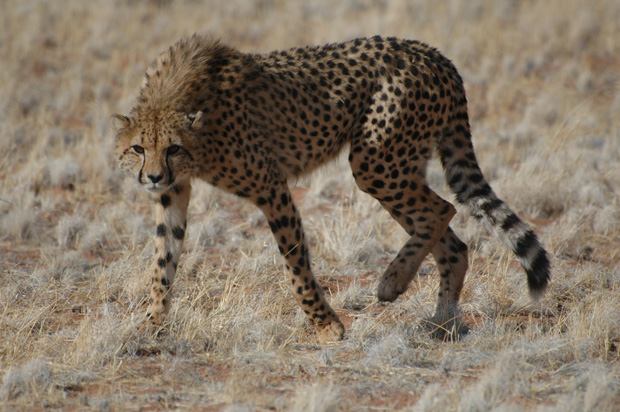
Read More
Keeping cheetah FIT!
Larissa Slaney, our PhD student at Heriott Watt University, Edinburgh, interviewed for The National Scot on her project to keep cheetah FIT
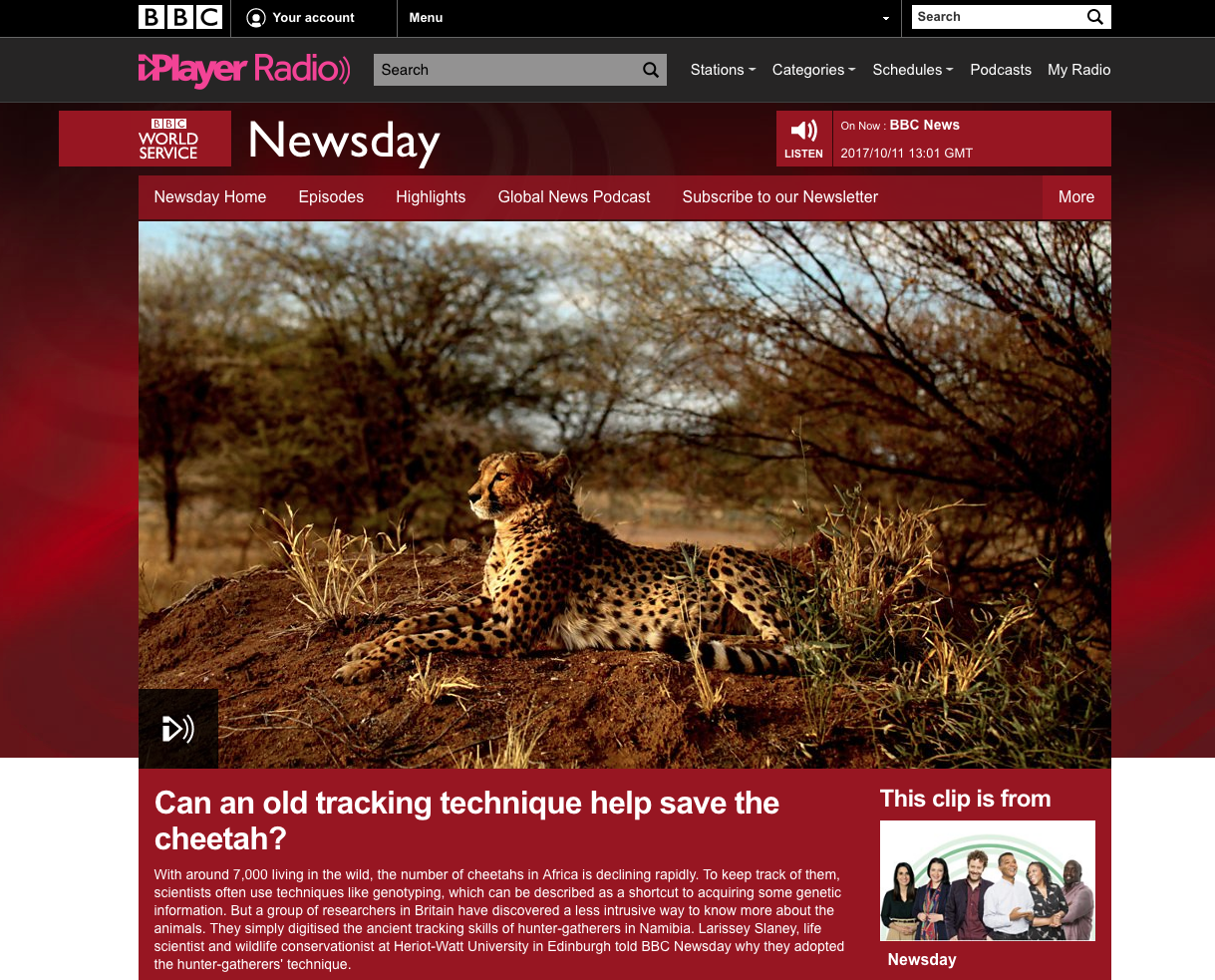
Read More
Using FIT to look at relatedness in Cheetah
Our PhD student Larissa Slaney, based at Heriot-Watt University in Edinburgh UK, is using FIT to investigate relatedness between cheetah. If the technique can be...

Read More
Buckley report on ConservationFIT
ConservationFIT helping track, preserve endangered species
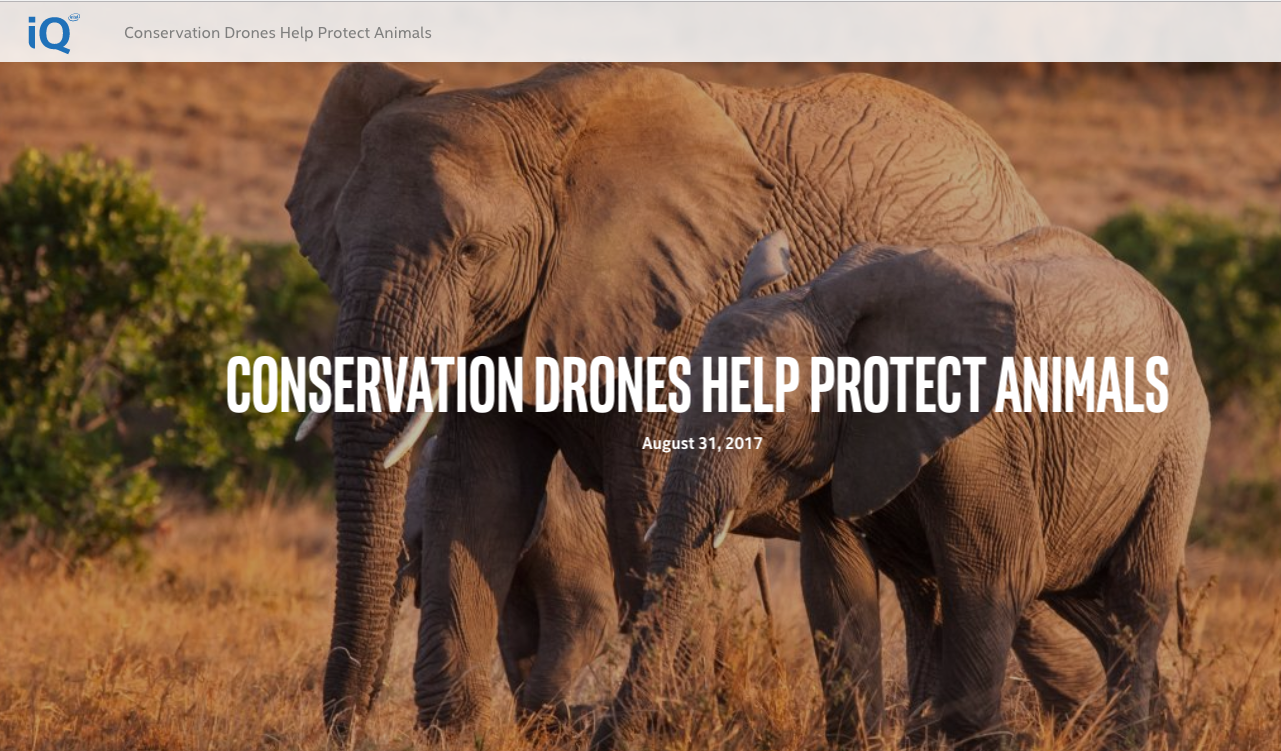
Read More
Intel iQ tells how WildTrack's new ConservationFIT project uses drones
Conservation Drones Help Protect Animals
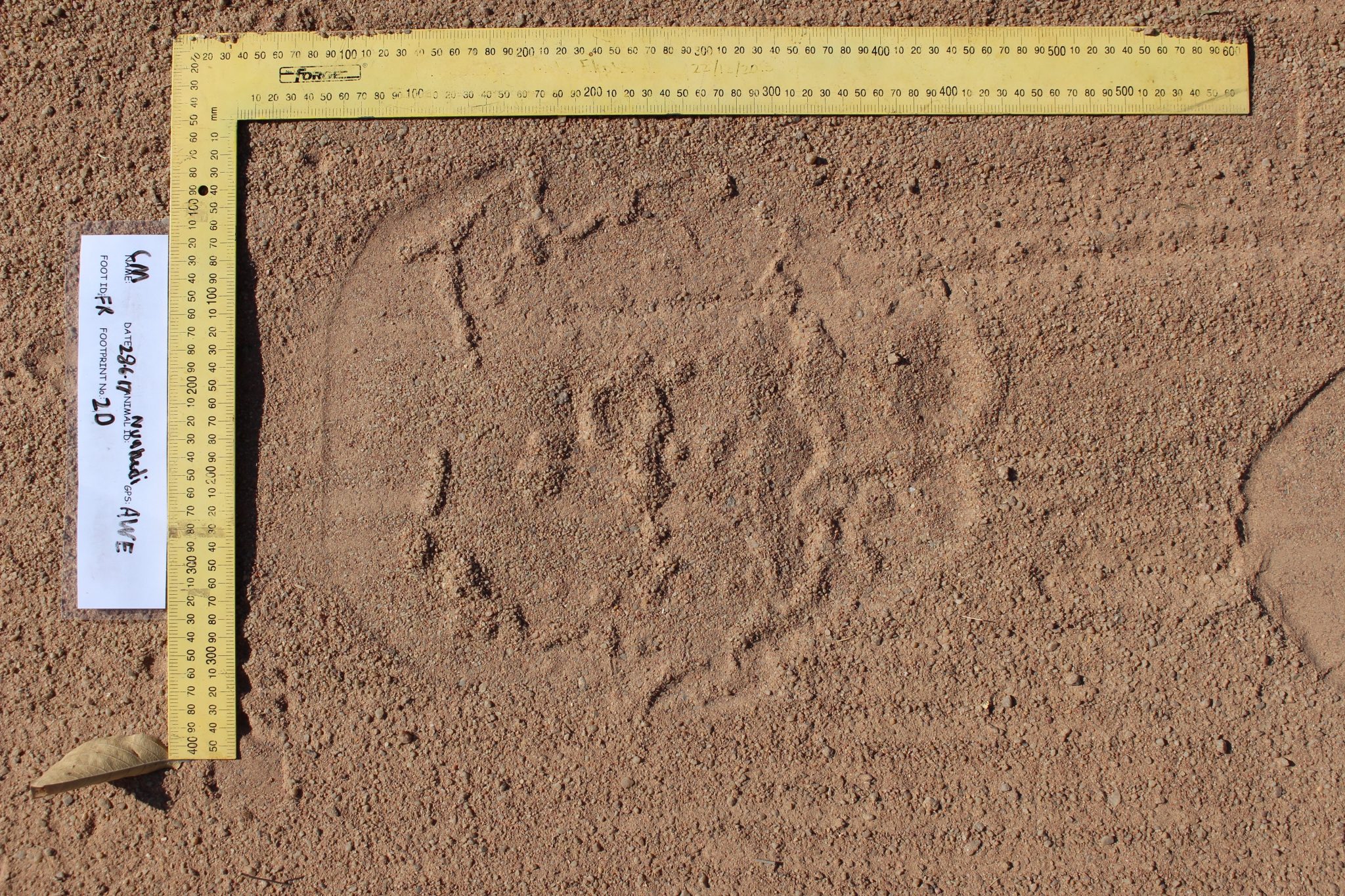
Read More
Elephants get FIT
We’re often asked, ‘Which is the most challenging species to ID from footprints?’.

Read More
Human fingerprints = animal footprints? Not quite…
We’re often asked if identifying animals from their footprints is analogous to identifying humans from fingerprints.Unfortunately, the answer is no! Animal footprints are much more...
Deep learning with Cheetahs in Namibia
It’s cold here in the Namibian winter mornings, and the cheetah are eager to help with deep learning, in return for a juicy steak treat....
NVIDIA reports on ConservationFIT for World Environment Day
Multi-award winning corporation NVIDIA is featuring our work today, World Environment Day, on their NVIDIA blog
Digital Trends reports on ConservationFIT
USING JUST A SMARTPHONE, CITIZEN SCIENTISTS CAN HELP TRACK ENDANGERED SPECIES
Interviewed at Duke; Dr Stuart Pimm and WildTrack Founders Drs Sky Alibhai & Zoe Jewell
https://youtu.be/f4sgMSRhPKM
Join us live 23rd May 2017 at SAS!
EVENT to celebrate the International Day for Biological Diversity
It's International Day for Biological Diversity, 22nd May 2017!
ConservationFIT is launching today, 22nd May 2017! Come and join us!
New publication in PLoS ONE
Calling puma conservationists! Monitoring the puma is challenging; they are shy and elusive. We’ve just published a new, non-invasive approach using footprint identification:
The Pimm Lab conservation family, Duke
We’re proud to be part of a new video documenting the wonderful work of the Pimm Lab at the Nicholas School of the Environment, Duke...
New WildTrack merchandise!
Our new WildTrack T-shirts are here! Get FIT with our T-shirts or customise for other products. Sprint like a cheetah, charge like a rhino, or...
ConservationFIT from WildTrack
[caption id=”attachment_140” align=”alignleft” width=”300”] Footprints of the species that we’ve worked with, including Bengal and Amur tiger, black and white rhino, hyena, cheetah, Baird’s and...
FIT for Otters in Suffolk
FIT is being used to identify otters in collaboration with the Suffolk-based Stanny Field Centre in the UK (http://www.stannyfarm.org/Field/otterProj.html). This Centre recently hosted the first...
New video publication!
We’ve always wanted to produce a detailed video showing would-be users, our field conservation colleagues, exactly how FIT works, step-by-step….
Earth Day April 22nd!
It’s our job as conservationists to celebrate the Earth and all her inhabitants, but today is special. Our Earth Day blog is published by JMP...
WildTrack features for Business Roundtable (BRT) 2016
Business for Wildlife! We’re thrilled to have been chosen by SAS to feature in the new 2016 roundtable report ‘Create, Grow, Sustain’!
Box turtle neighbourhood watch
The Piedmont Wildlife Center (PWC) in Durham is encouraging citizen scientists to sign up and help monitor Box turtles (Terrapene carolina carolina)) in North Carolina,...
Forum article 'Protecting Global Biodiversity' just published....
Technologies have so much to offer towards protecting global biodiversity, but only if they are appropriately deployed. Together with colleague Stuart Pimm, we comment on...
Otterly great work!
**How hard can it really be to count otters? Frederick Kistner, from the University of Koblenz-Landau in Germany tells his story…. **
Putting WildTrack on the map!
Take a look at where WildTrack techniques are being developed and used to provide better monitoring for endangered species!
Emerging Technologies to Conserve Biodiversity
How can we most effectively deploy technology for anti-poaching and human:wildlife conflict mitigation? It’s a matter of understanding local needs and capacities, integrating expert local...
Bongo FIT!
The eastern or mountain bongo. IMHO the most gorgeous antelope in the world, critically endangered and found wild only in one remote region of Kenya....
WildTrack FIT workshop, Namibia
Transferring technology to users on the ground is vital for conservation success. We’re just back from running our second international FIT workshop for cheetah, at...
Now it's easy to help us!
Our WildTrack home page (wildtrack.org) now features a PayPal ‘Donate’ button. It’s easy to make a donation, and every cent really does count, so please...
WildTrack awarded Guidestar Gold Status!
The GuideStar Exchange (guidestar.org) revolutionizes philanthropy by providing information that advances transparency, enables users to make better decisions, and encourages charitable giving.
Our Associates
Check out our new web page! With JMP data visualisation software at our core, together we form a transformative multi-disciplinary group, working towards a common...
Computer vision and tiger footprints...
http://ieeexplore.ieee.org/stamp/stamp.jsp?tp=&arnumber=7013288&isnumber=7013258
Putin's tiger - caught in the act!
Russian President Vladimir Putin’s tiger swims into China and dines out at Chinese chicken farm. Where is she now?
Upcoming Cheetah workshop in Namibia
FIT brings bushman skills and JMP software together - it’s now easy to spot cheetahs! Read about our upcoming collaboration with the Naankuse Conservation Foundation...
Monitoring endangered species....without further endangering them.
Why we embraced footprints…. and where we go from here!
Texas still allows unregulated hunting of cougar
The iconic and beautiful mountain lion (cougar) ranges widely across the Americas, but population estimates are often unreliable. In Texas, where unregulated hunting still exists,...
Chinese media go wild over footprints....
While in Beijing we were interviewed by a group of very incisive IT journalists. They grilled us, and our host Bryan Yan from JMP China,...
China's impressive committment to conservation
China often gets a bad rap in the west on conservation issues. But on our recent visit we were struck by impressive new initiatives. First...
FIT for Giant Panda monitoring!
How captive giant pandas are helping their wild counterparts. Our super-effiicient Chinese colleagues have already started collecting panda footprints from the Ya’an centre near Chengdu....
Panda feet .... and footprints!
China blog 7: Many giant panda experts told us it would be impossible to get good panda footprints in the wild….either because of deep leaf...
Tracking the Amur tiger
Under blue skies and walking on sheet ice I boldly went tracking the Amur tiger with colleague Prof. Dr Guangshun Jiang, Executive Director of the...
dog masquerading as tiger
Blog from China 1: China is implementing strict new measures against illegal poaching. A colleague in the Northeast Forestry University showed us
WildTrack and Duke to collaborate on drone design!
The Duke Robotics club at the Pratt School of Engineering contacted us recently to ask if we would like to collaborate to build a drone...
WildTrack to develop new course at Duke
We’re honoured to have been selected, by the Duke University Africa Initiative, to develop a new course on non-invasive techniques for monitoring endangered species for...
Working with Alexandra Sutton
We’re working with Duke PhD student Alexandra Sutton, who reports here on her research - trying to ameliorate human-wildlife conflict in Kenya. Alexandra is hoping...
Volunteers from SAS and NCSU
WildTrack with SAS volunteers and NC State electrical engineering group at Carolina Tiger Rescue on a hot day in June. We got lots of footprint...
Monitoring a population of white rhino
Some years ago we worked at Otjiwa in Namibia, using footprints to monitor a population of white rhino. We published a paper on this population...
What we do, and why.....
WildTrack has developed a non-invasive Footprint Identification Technique (FIT) which can identify endangered animals at the species, individual, age-class and sex levels. Animals have unique...

